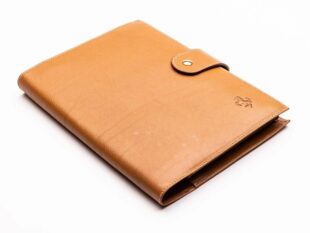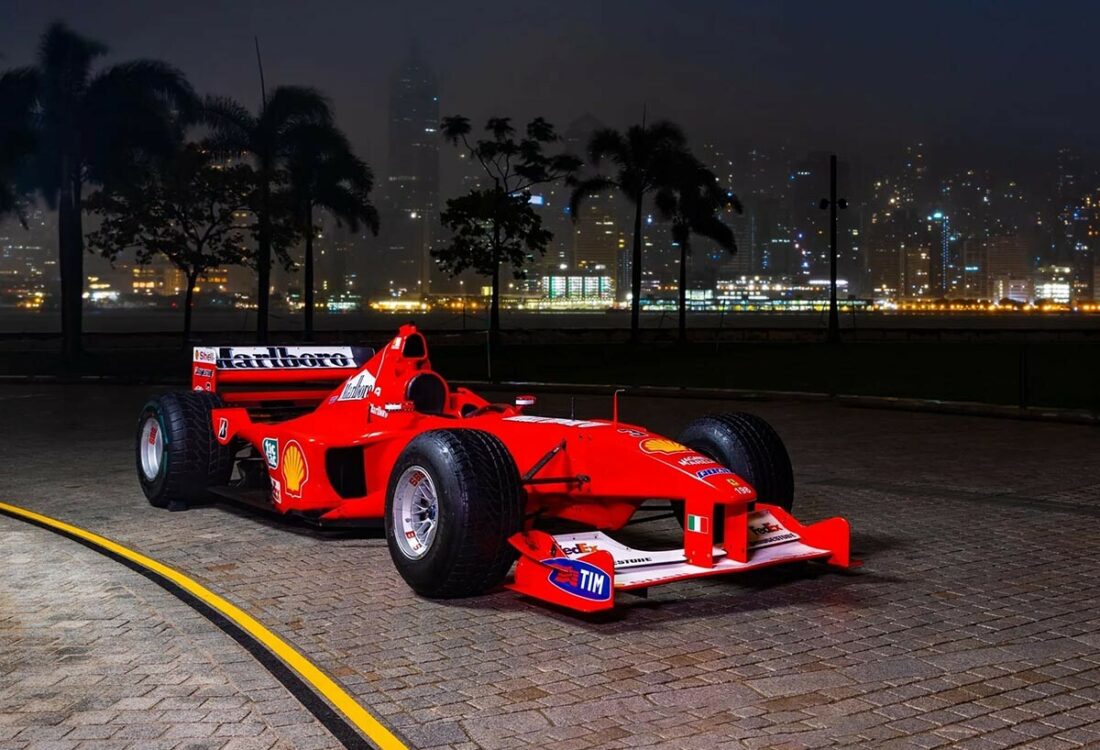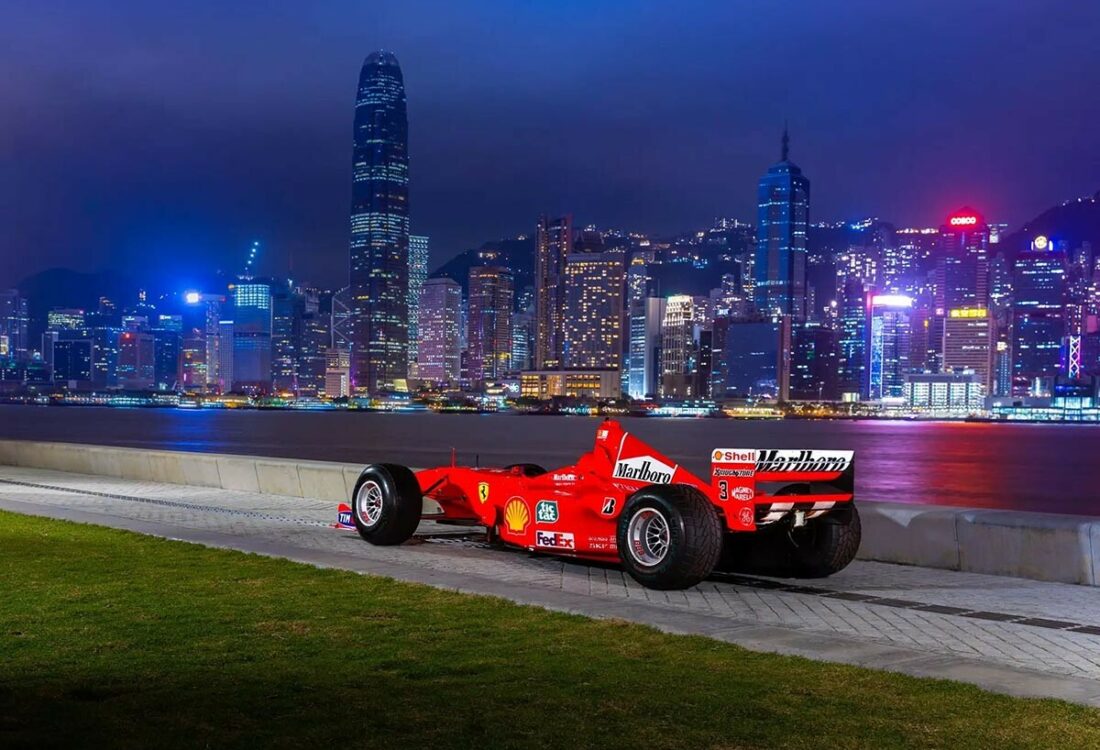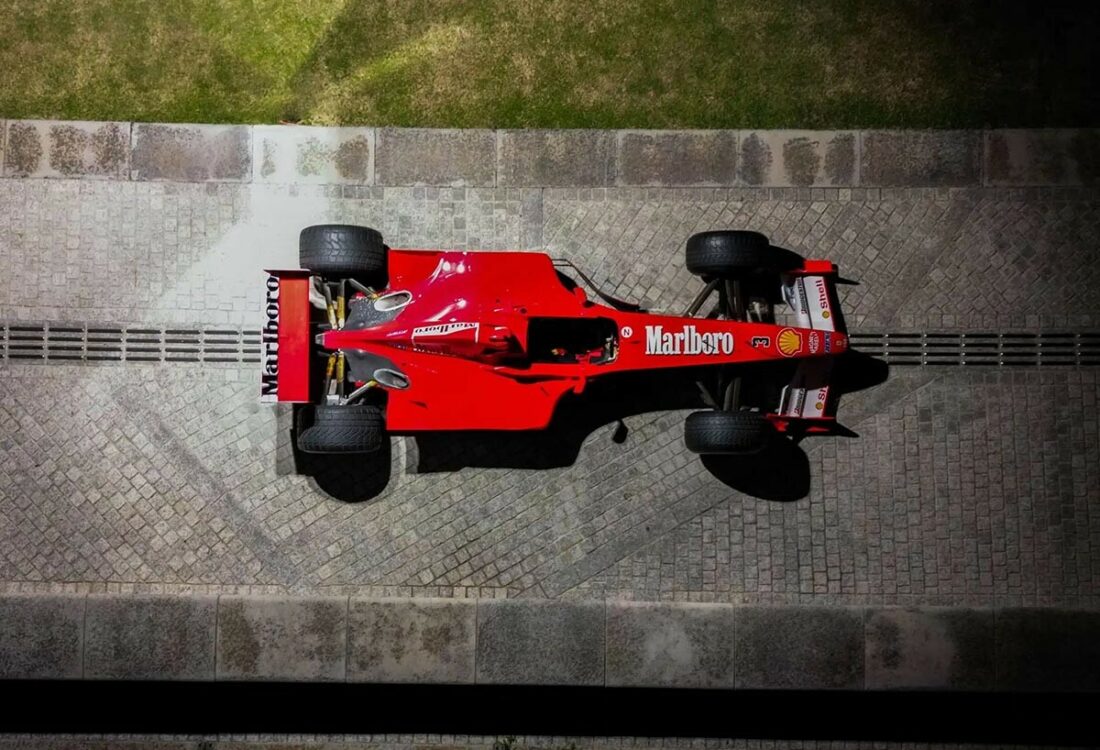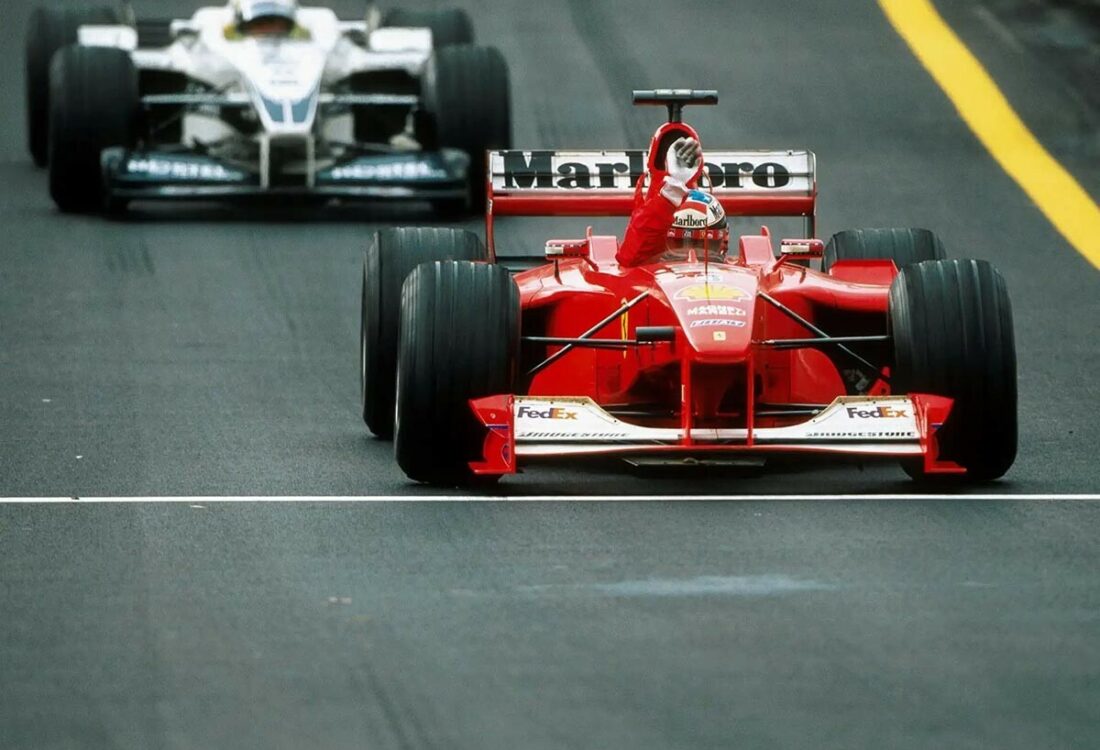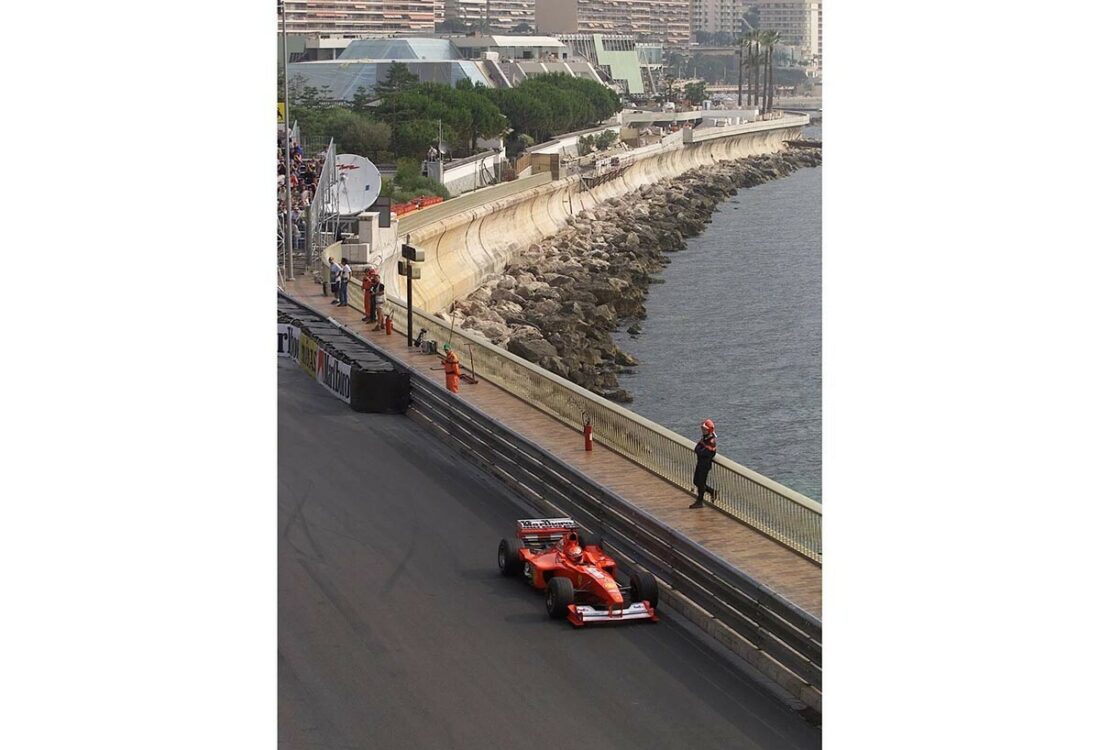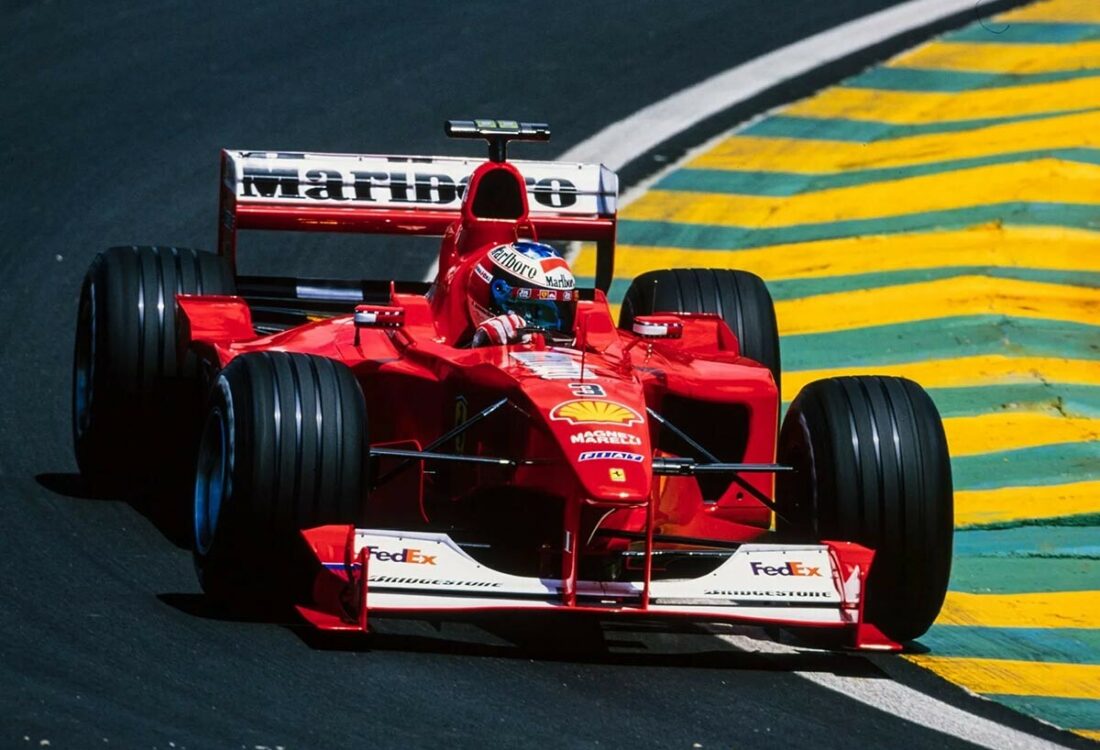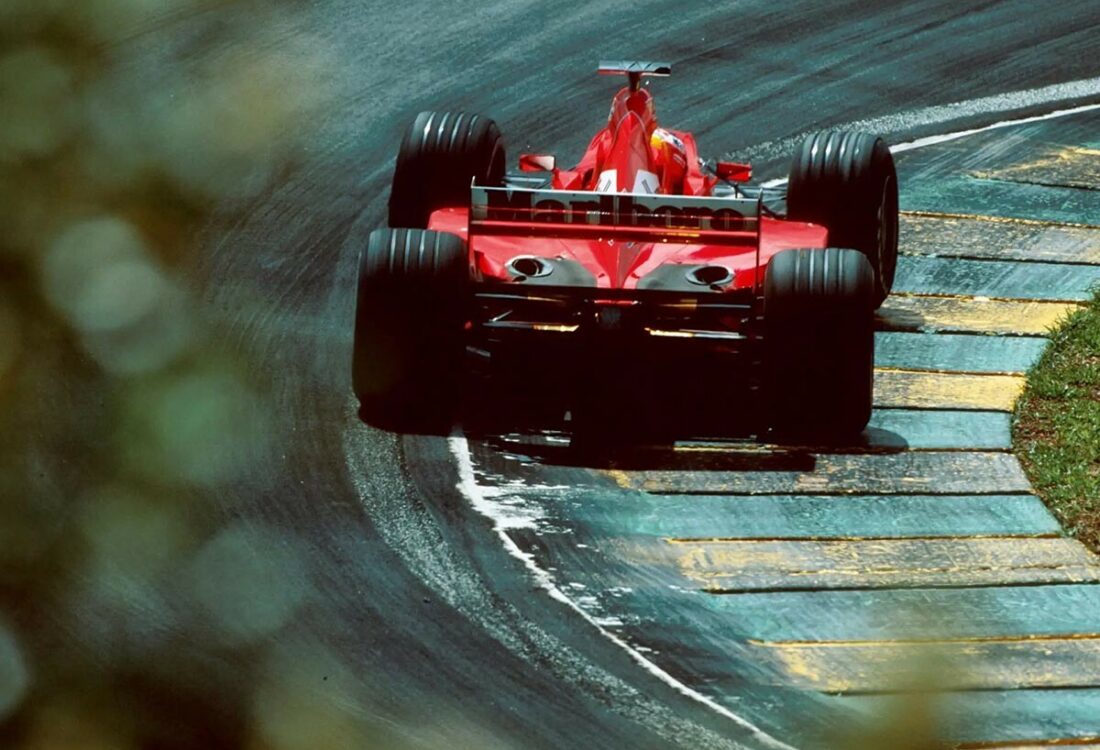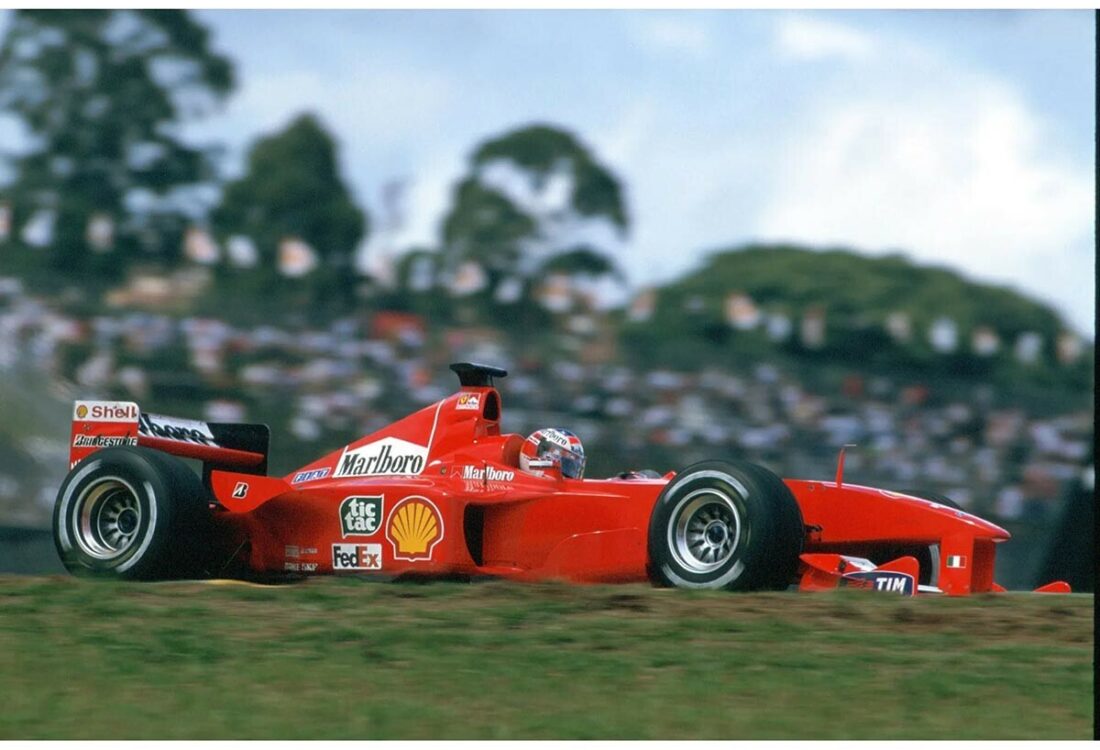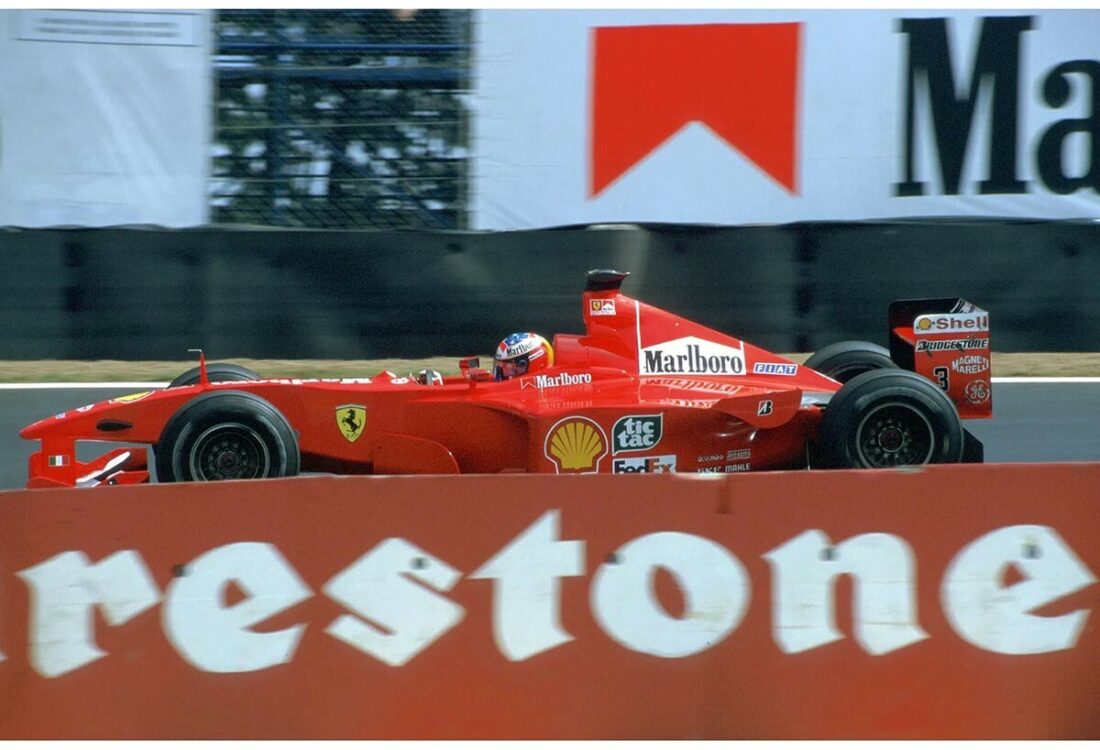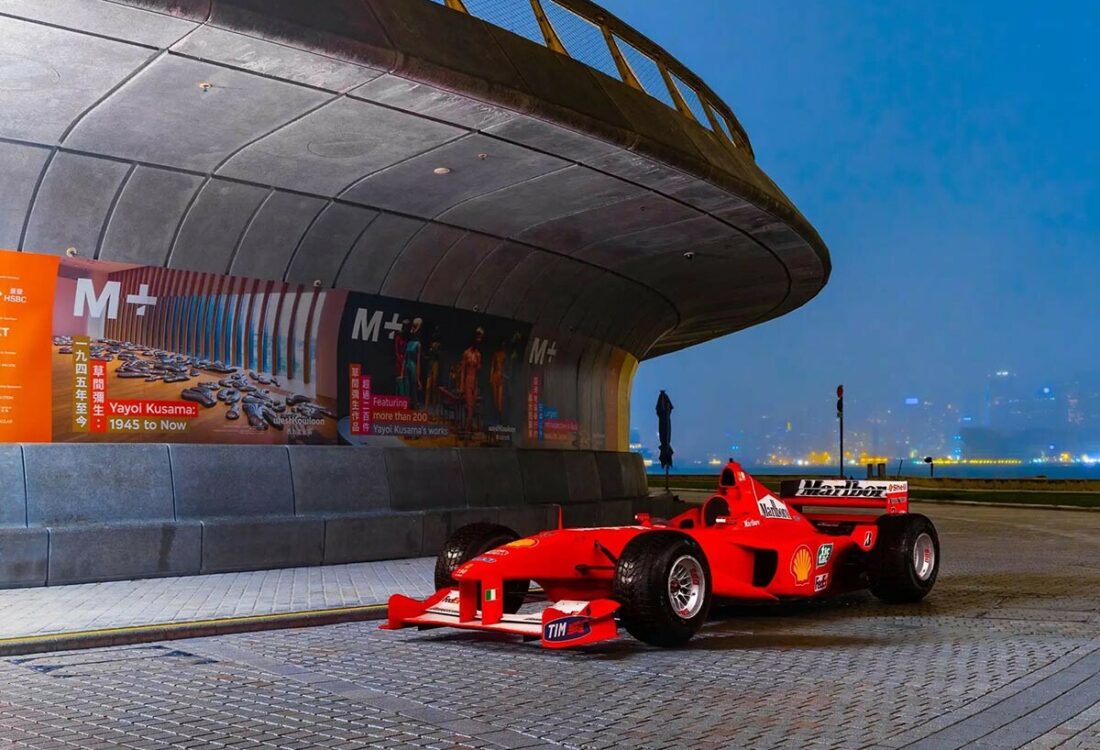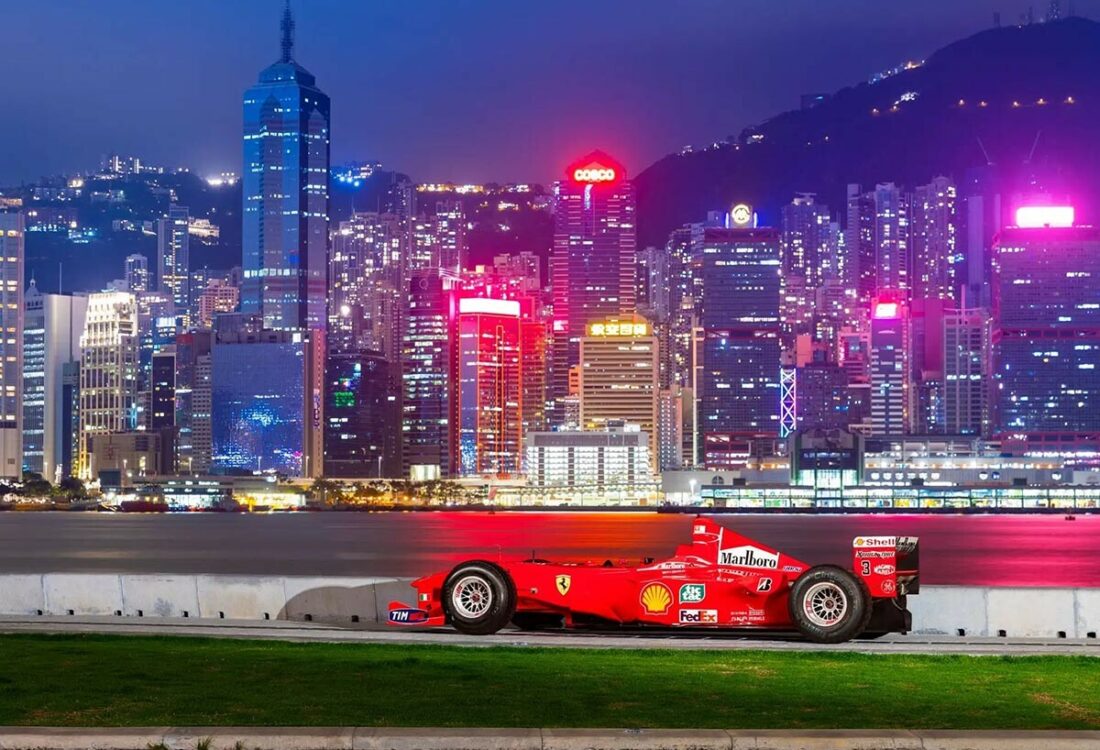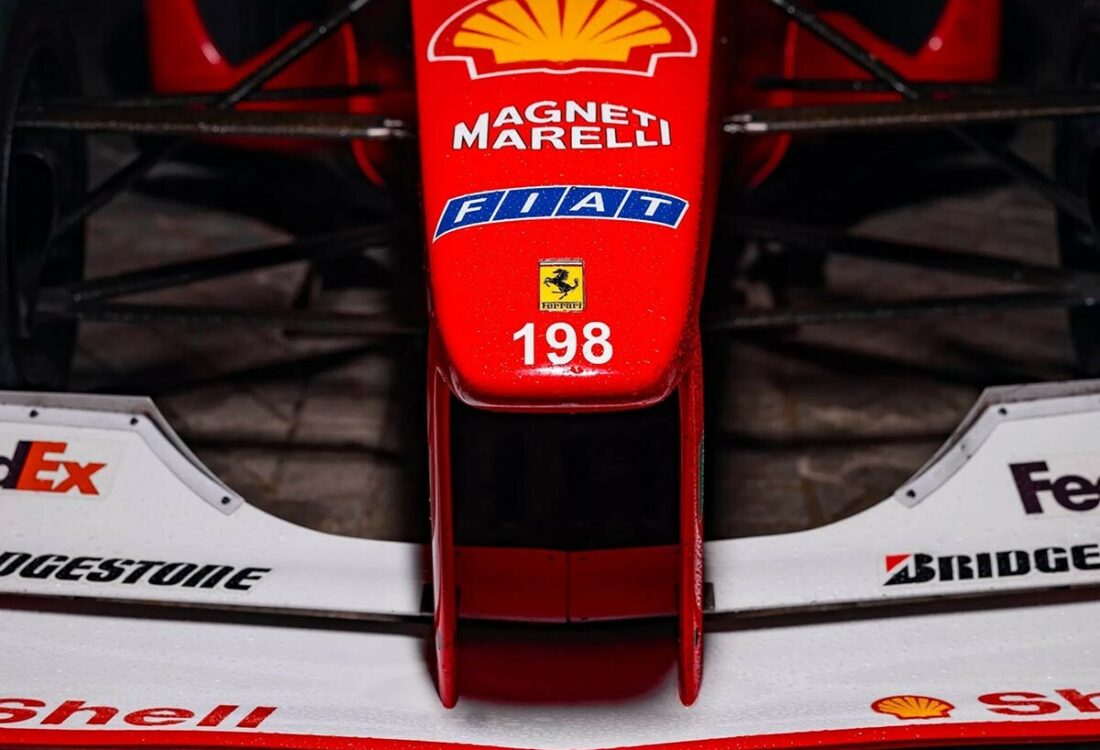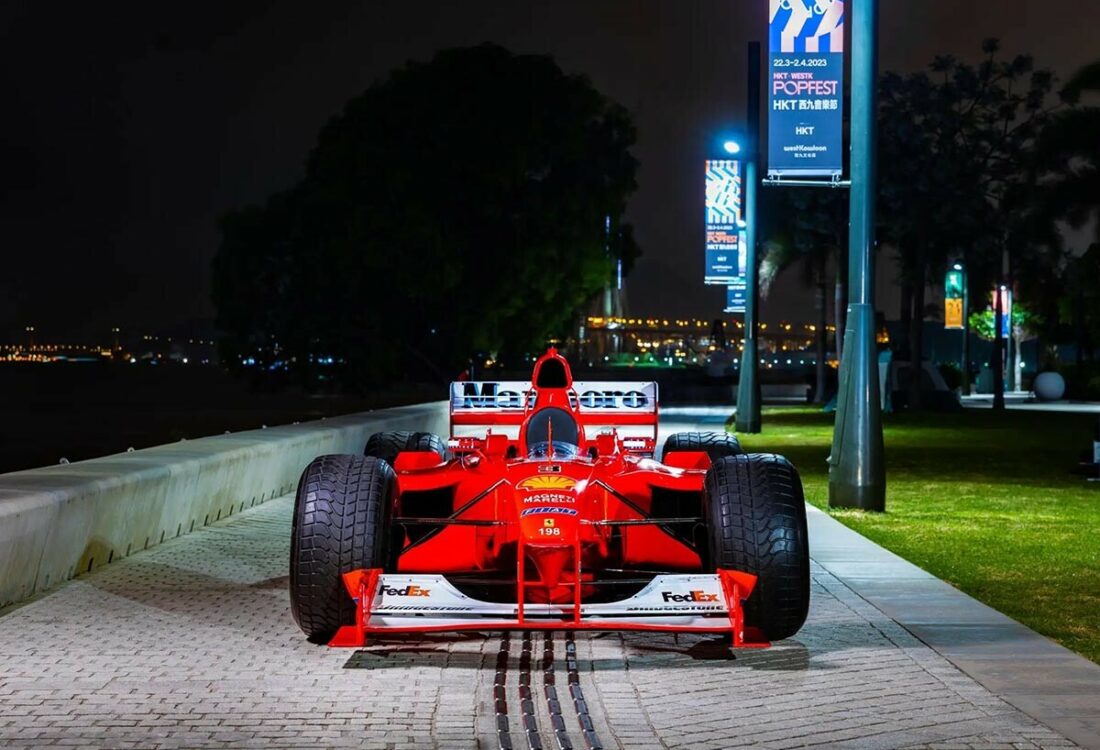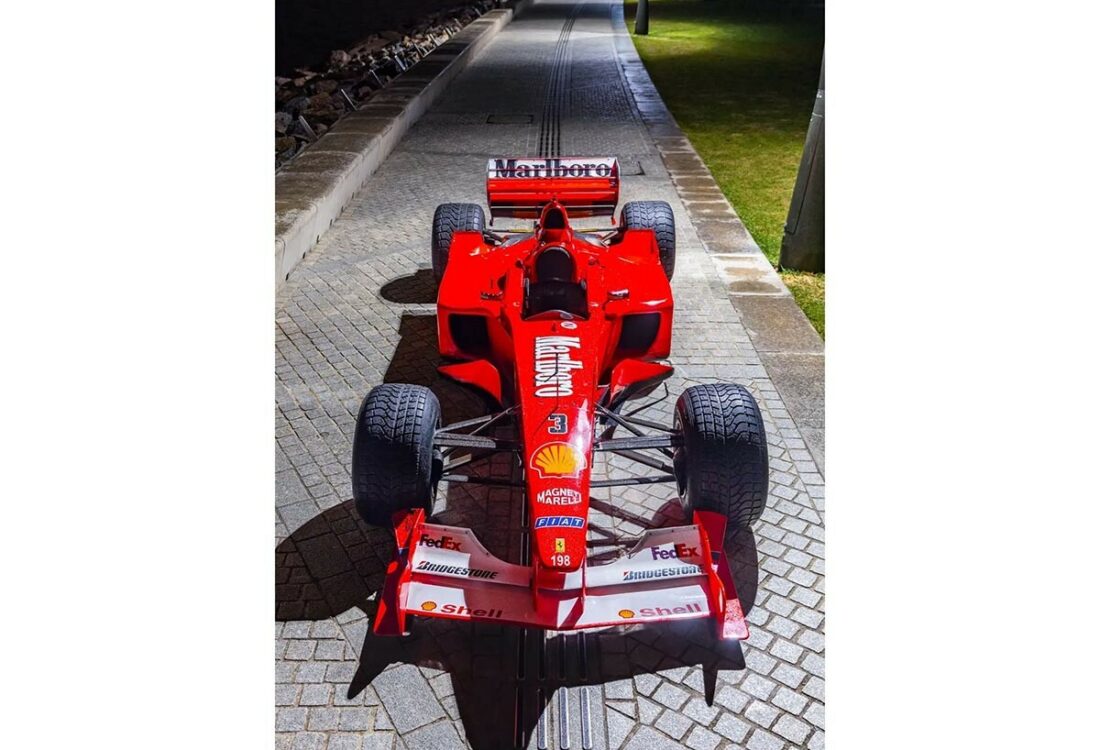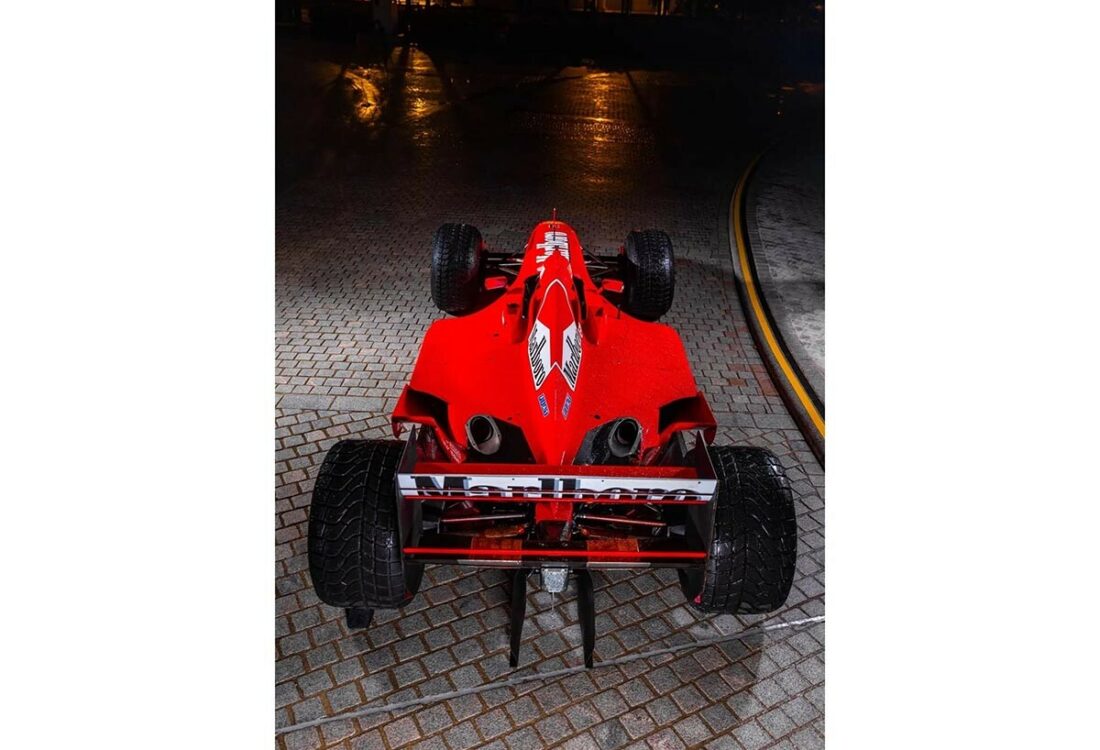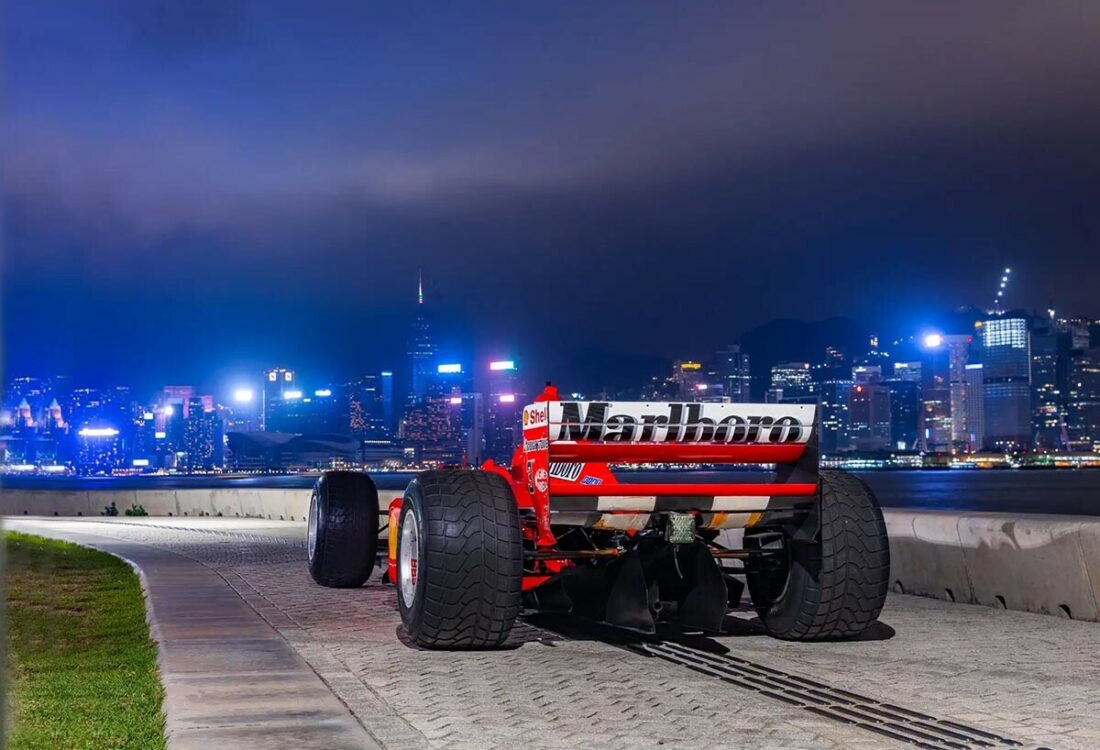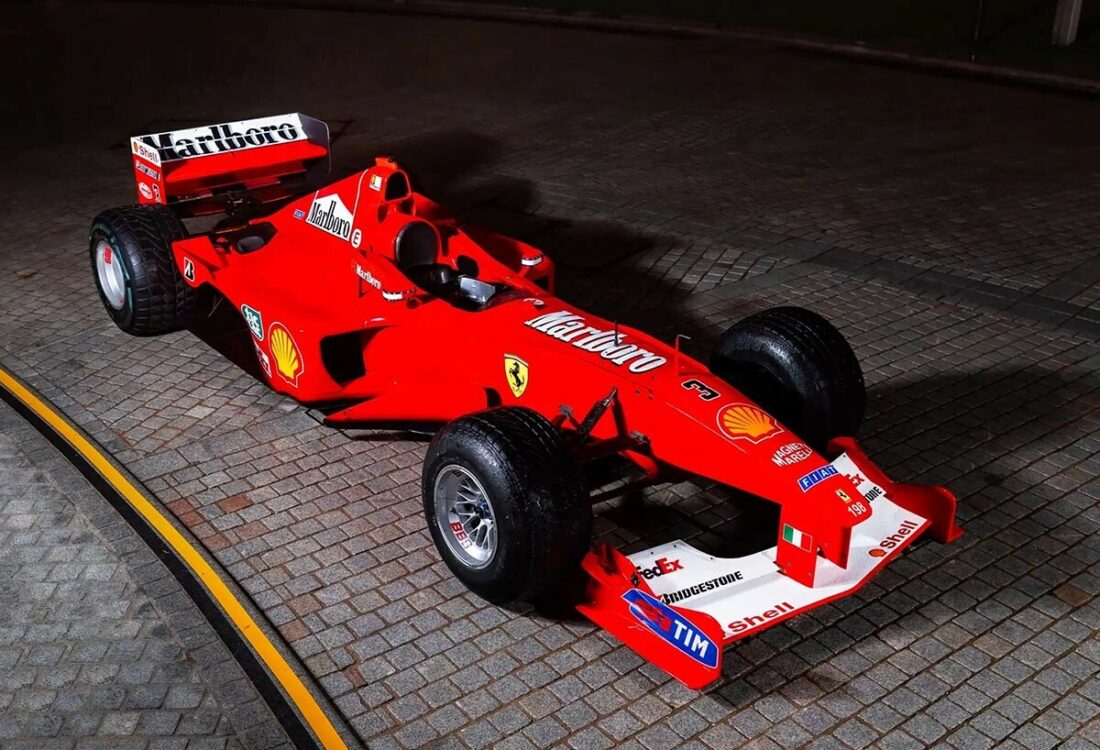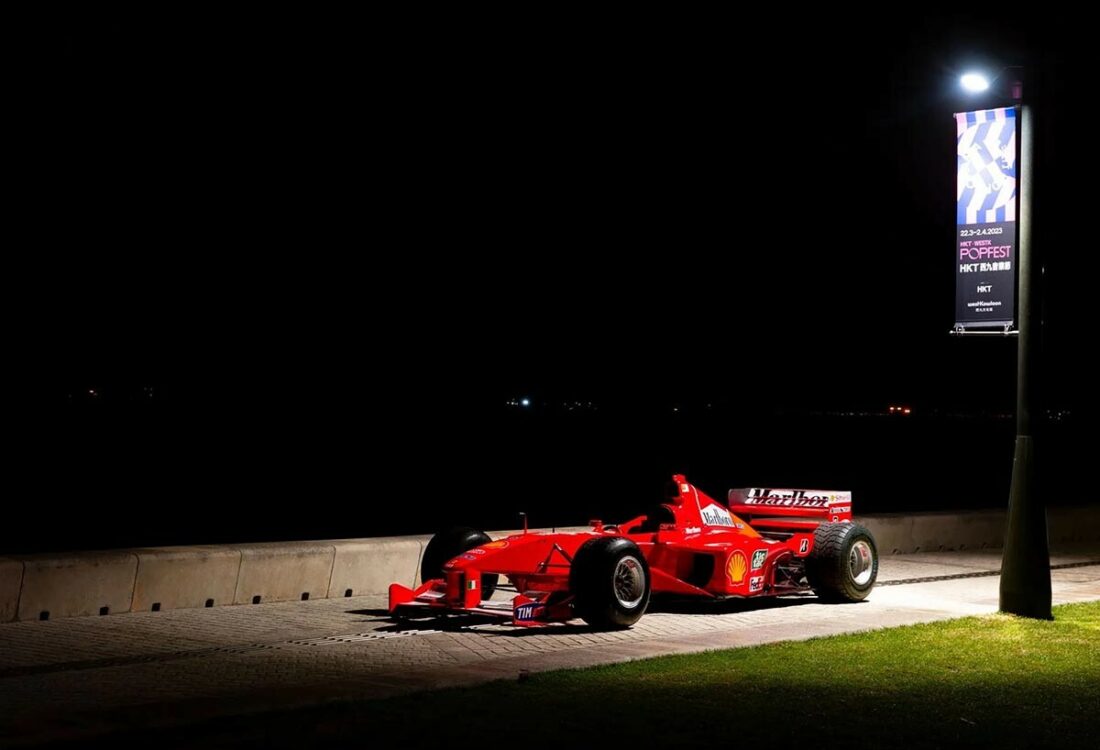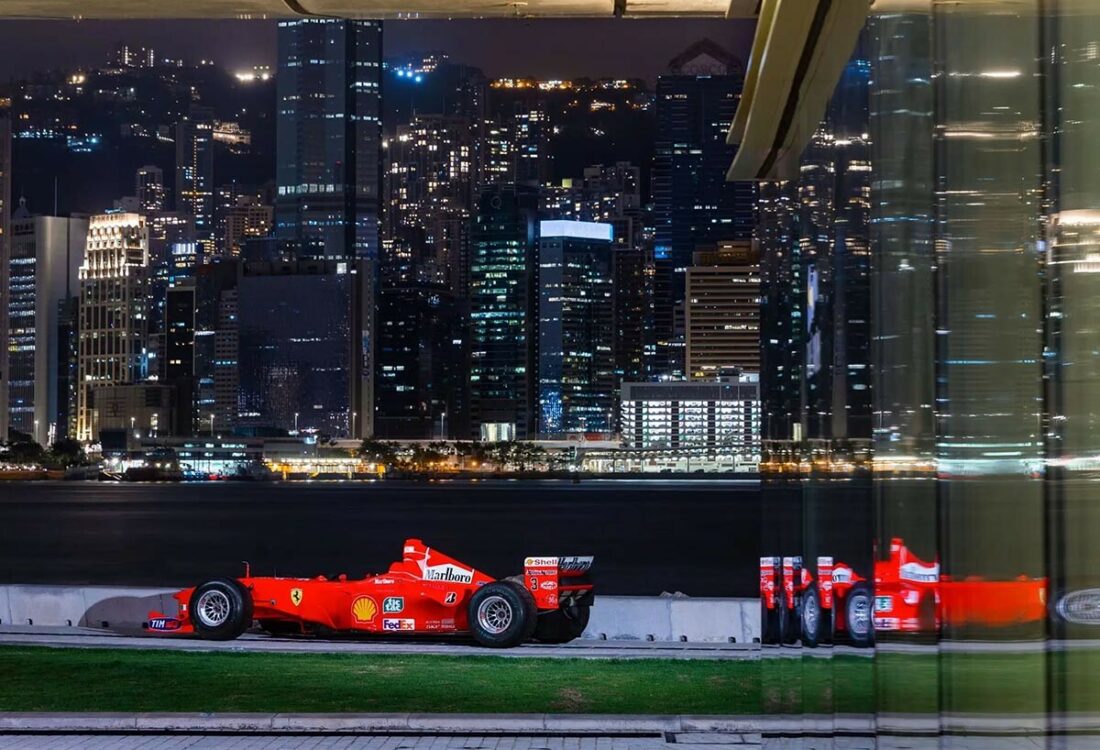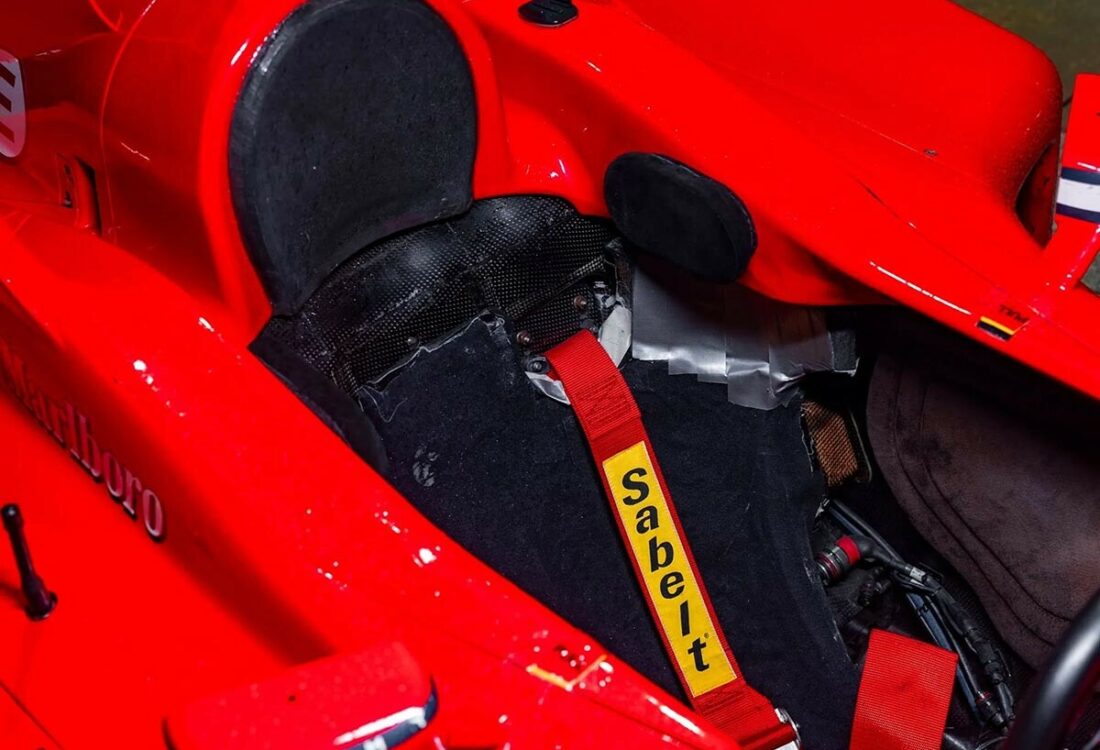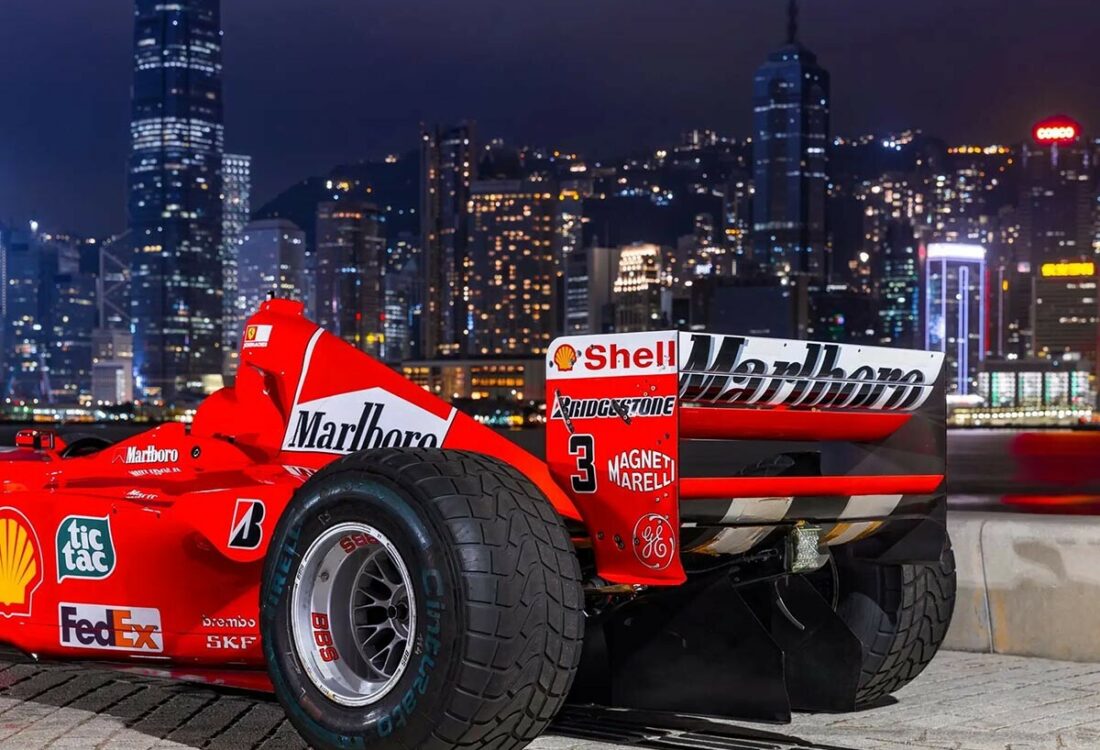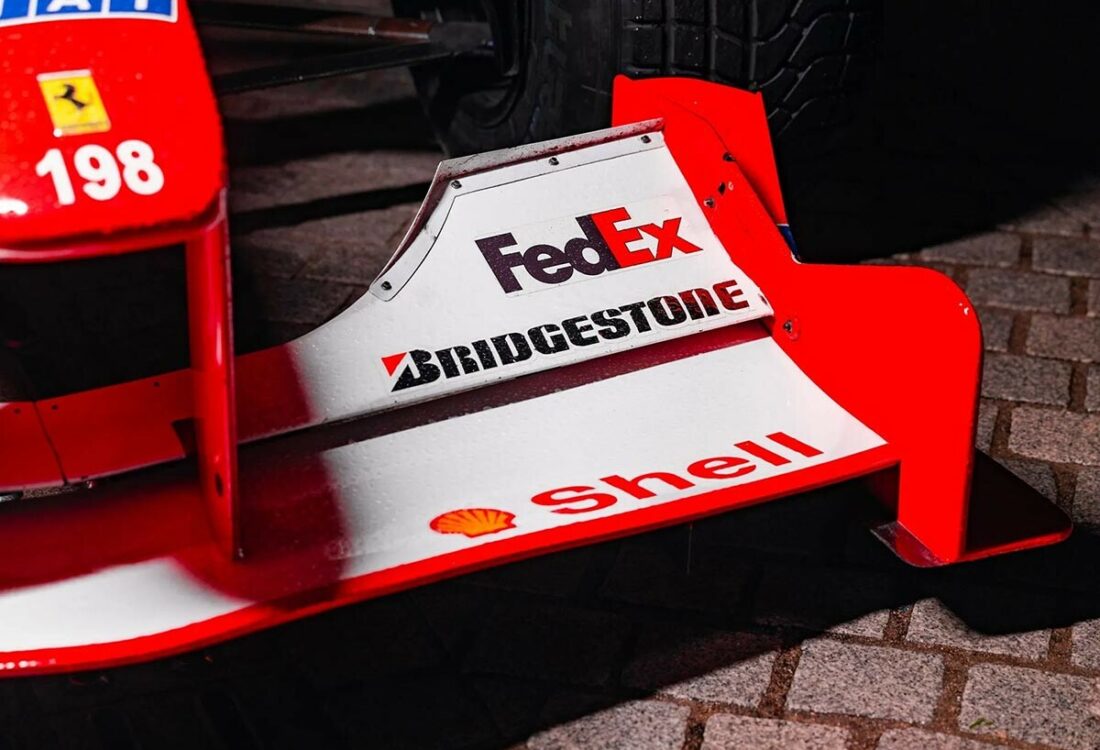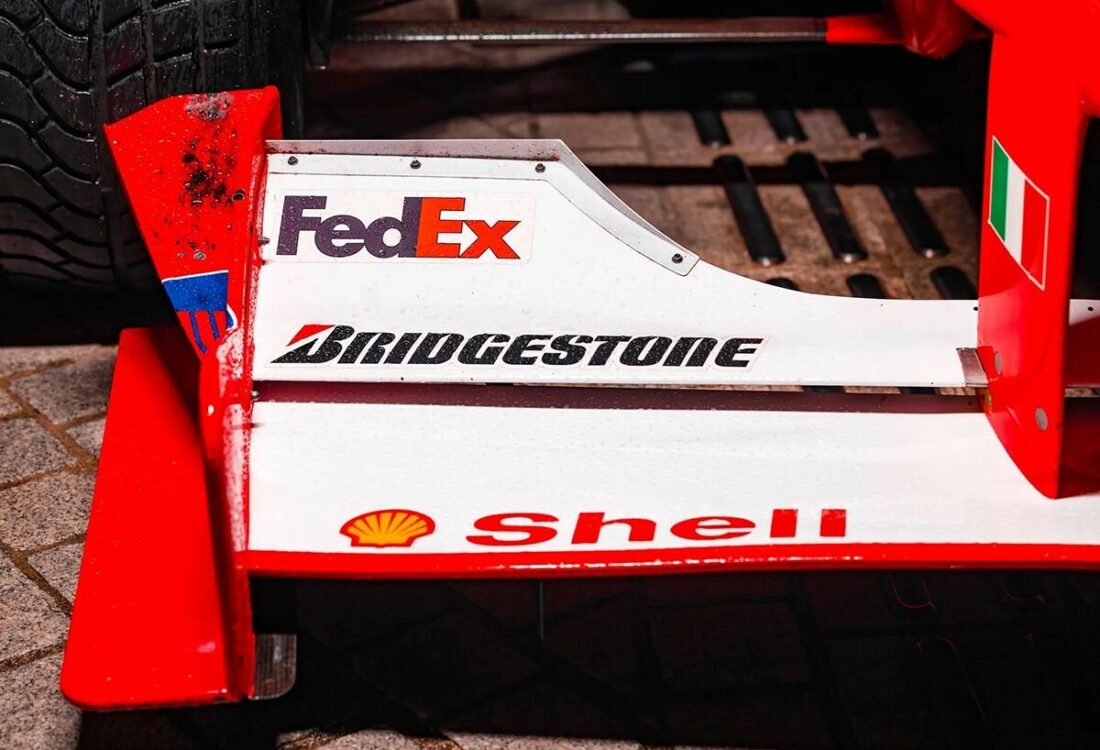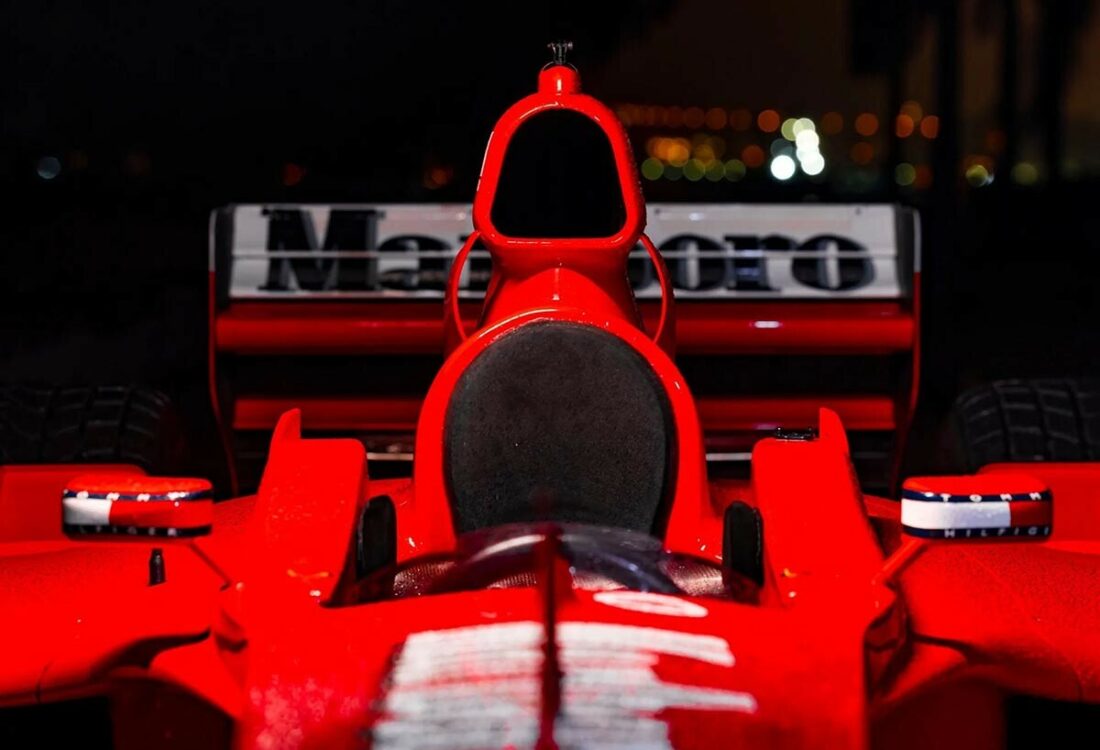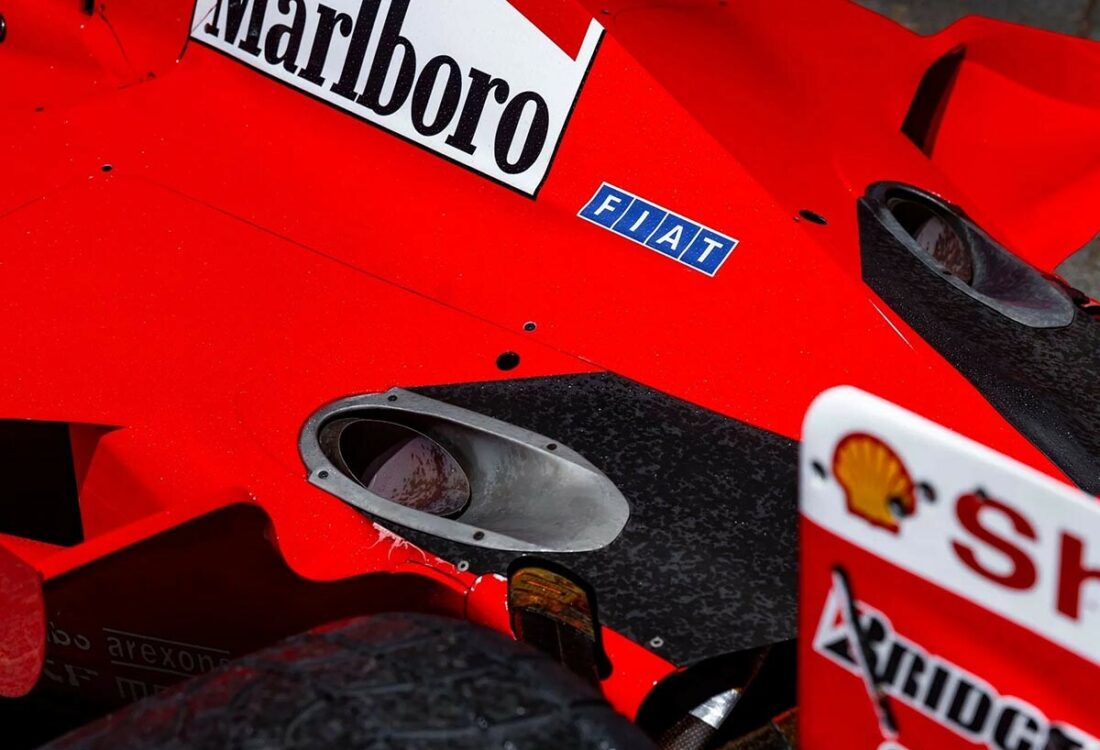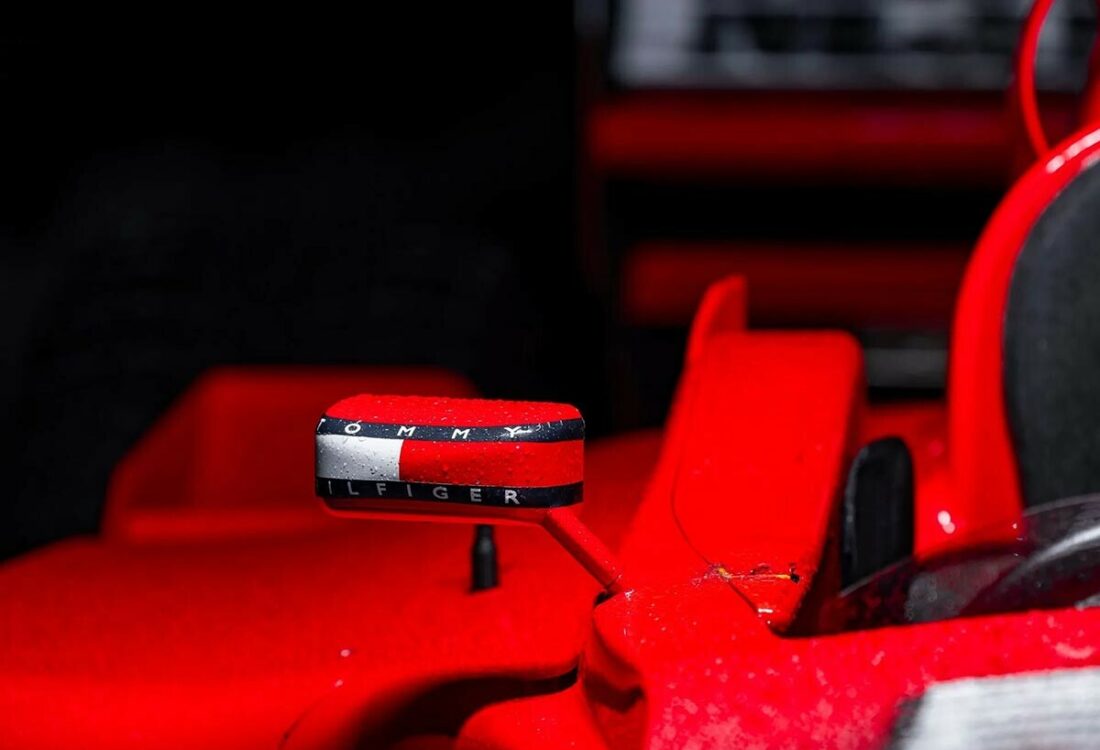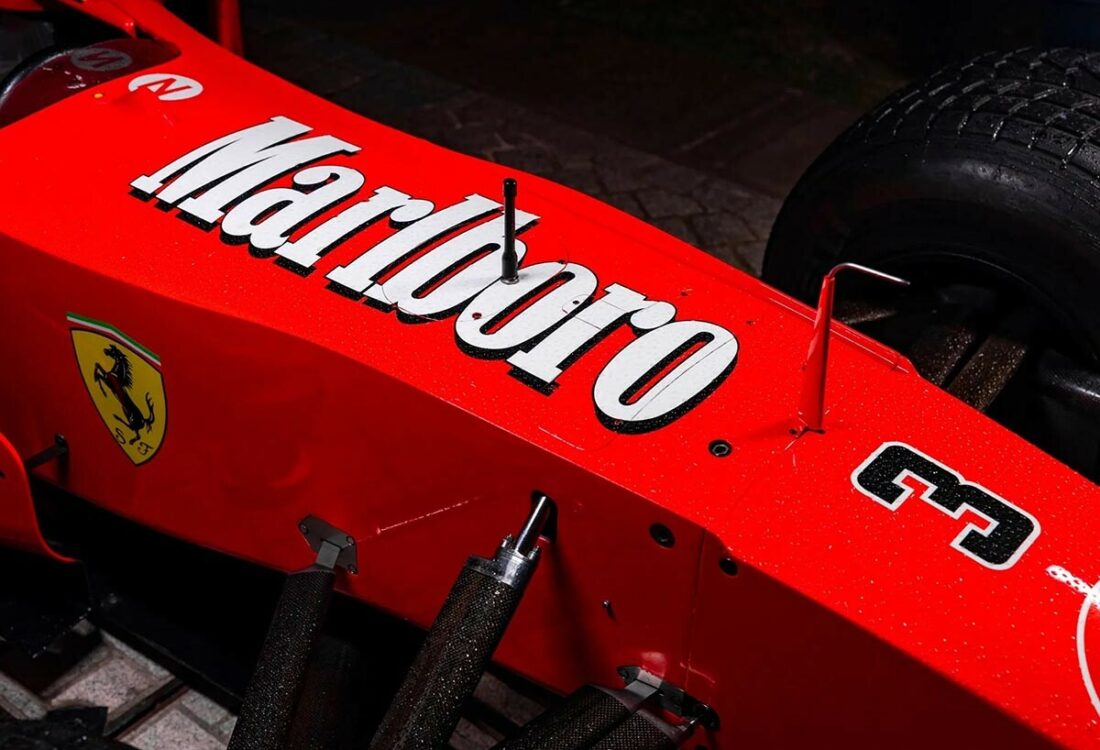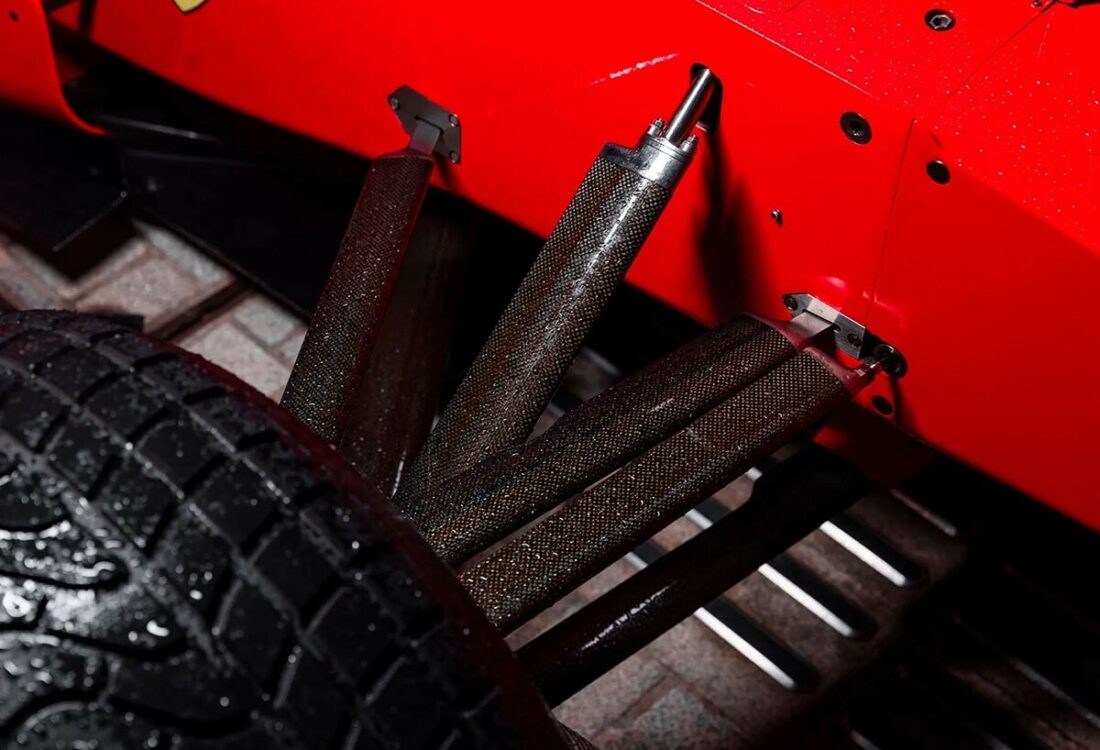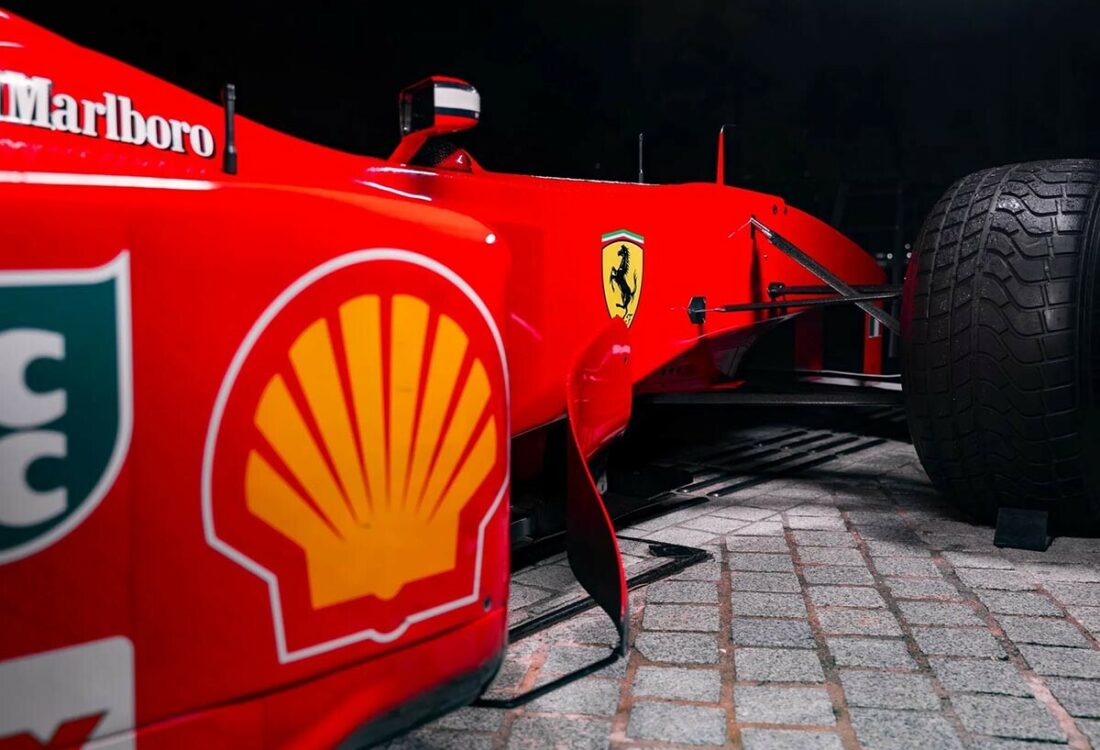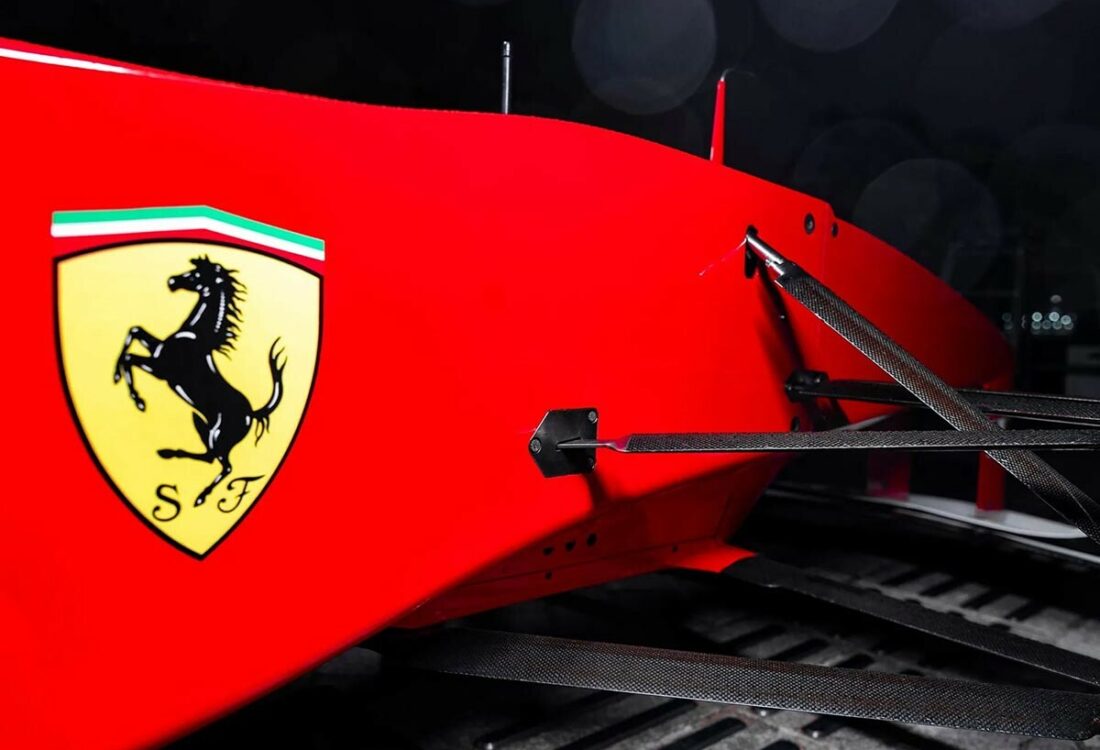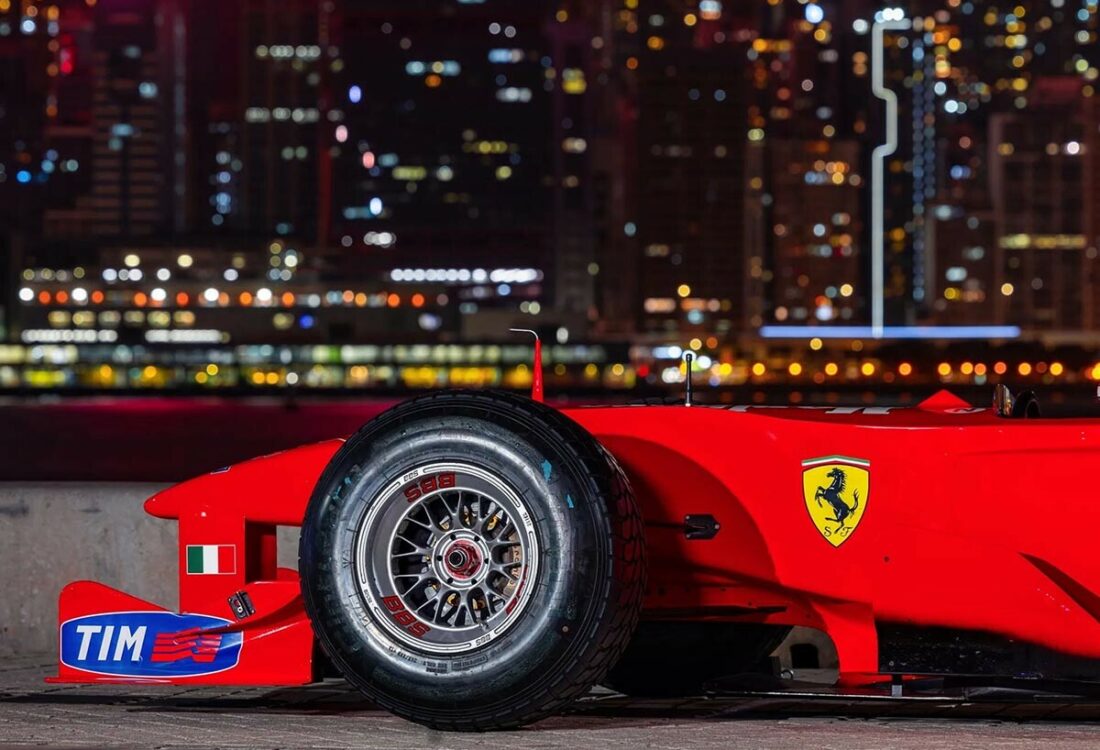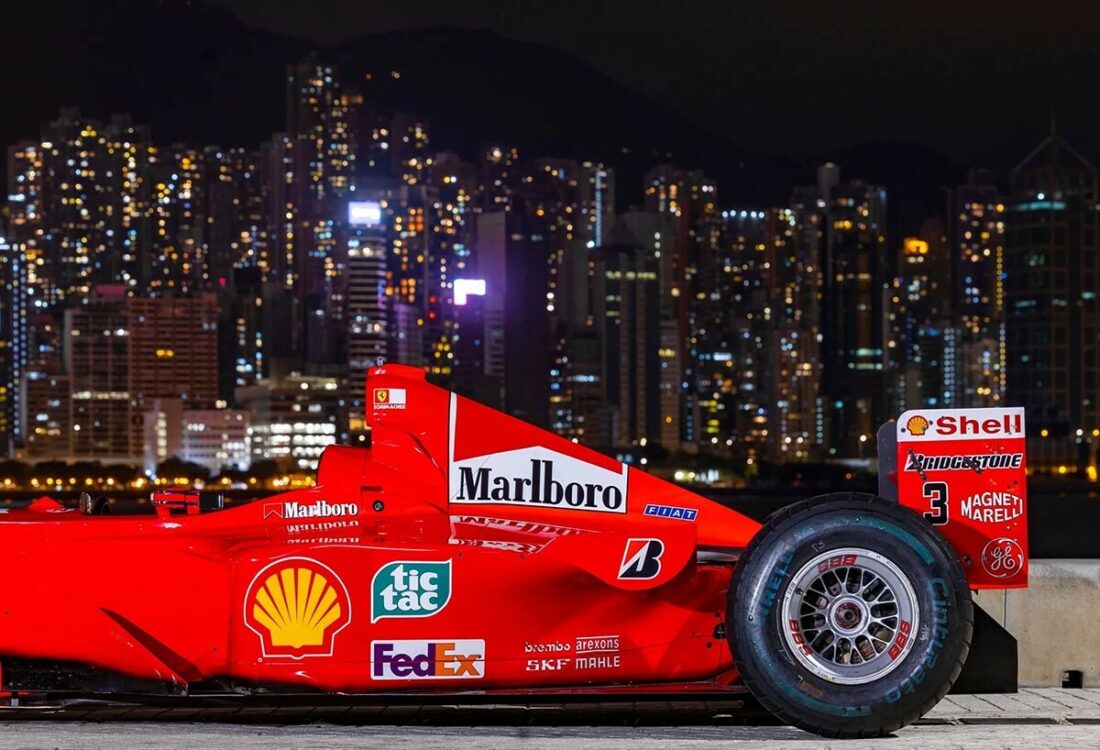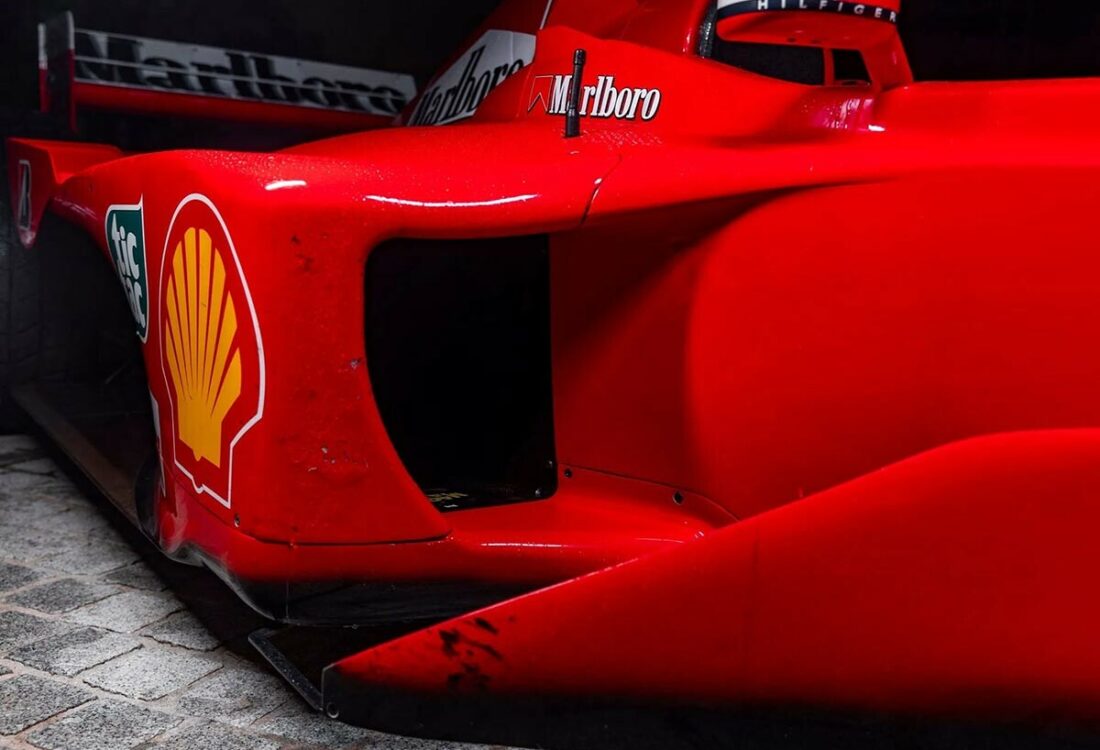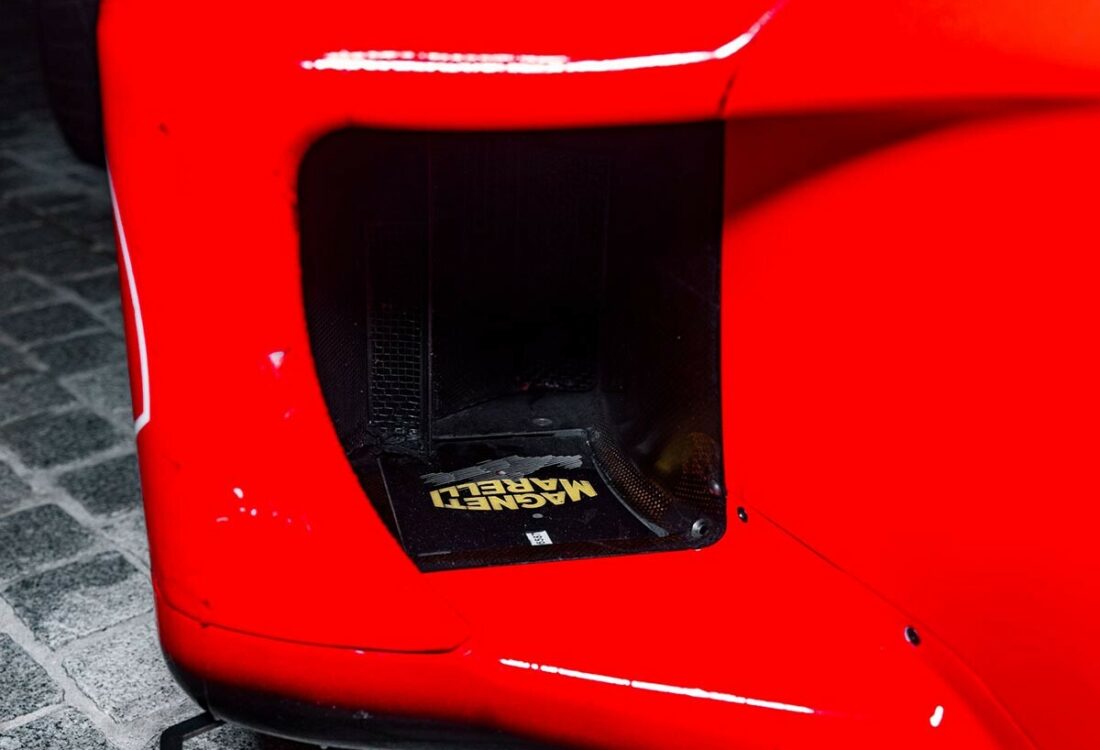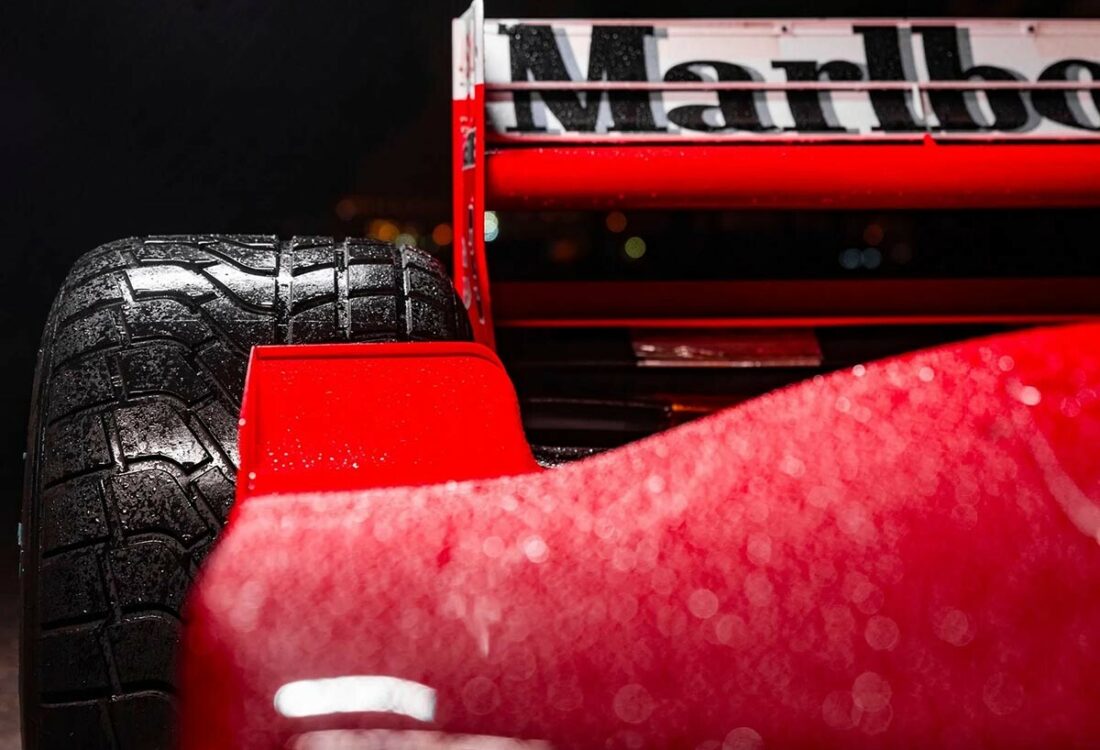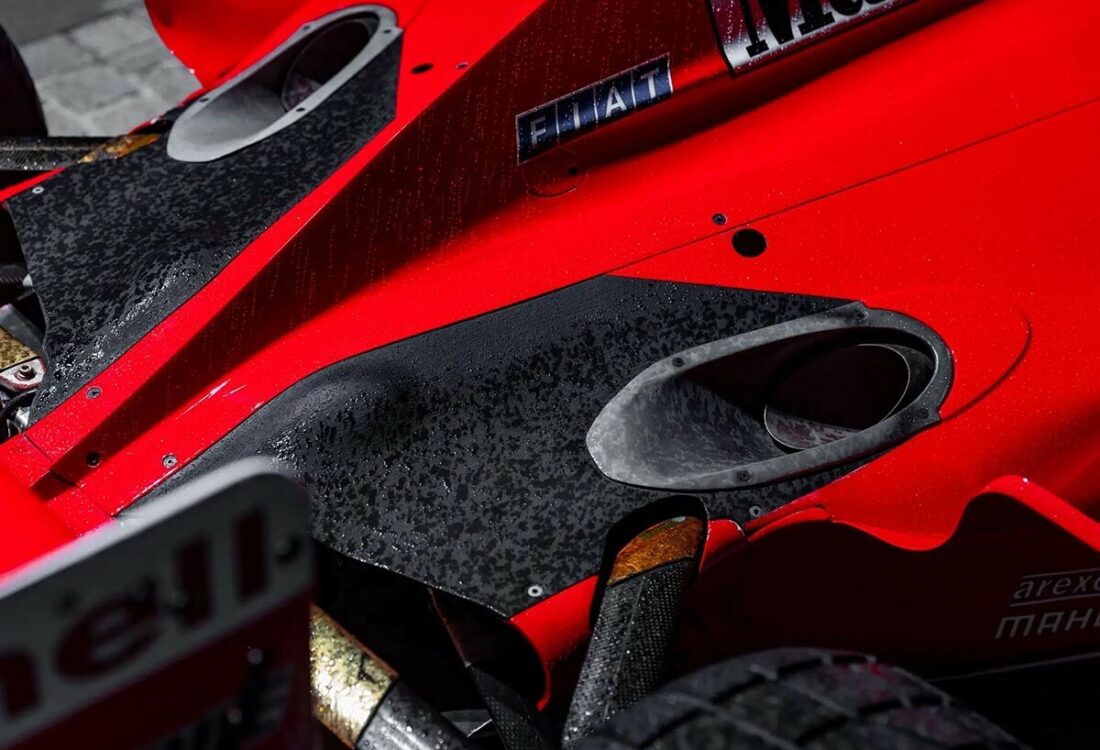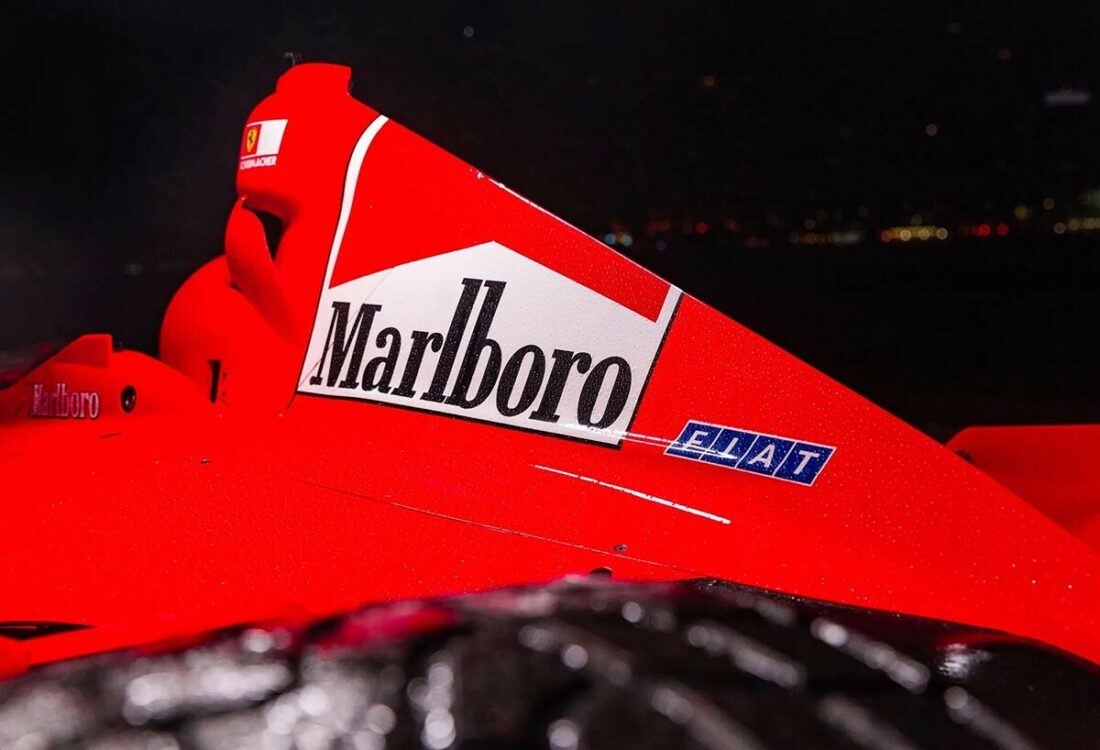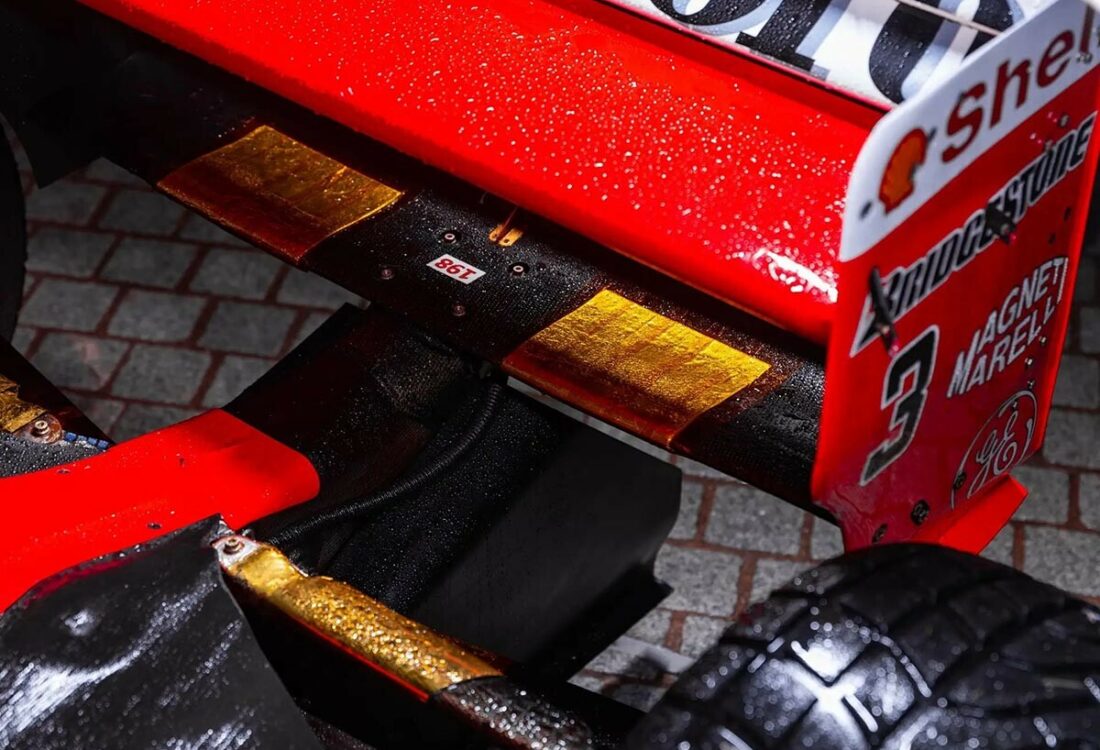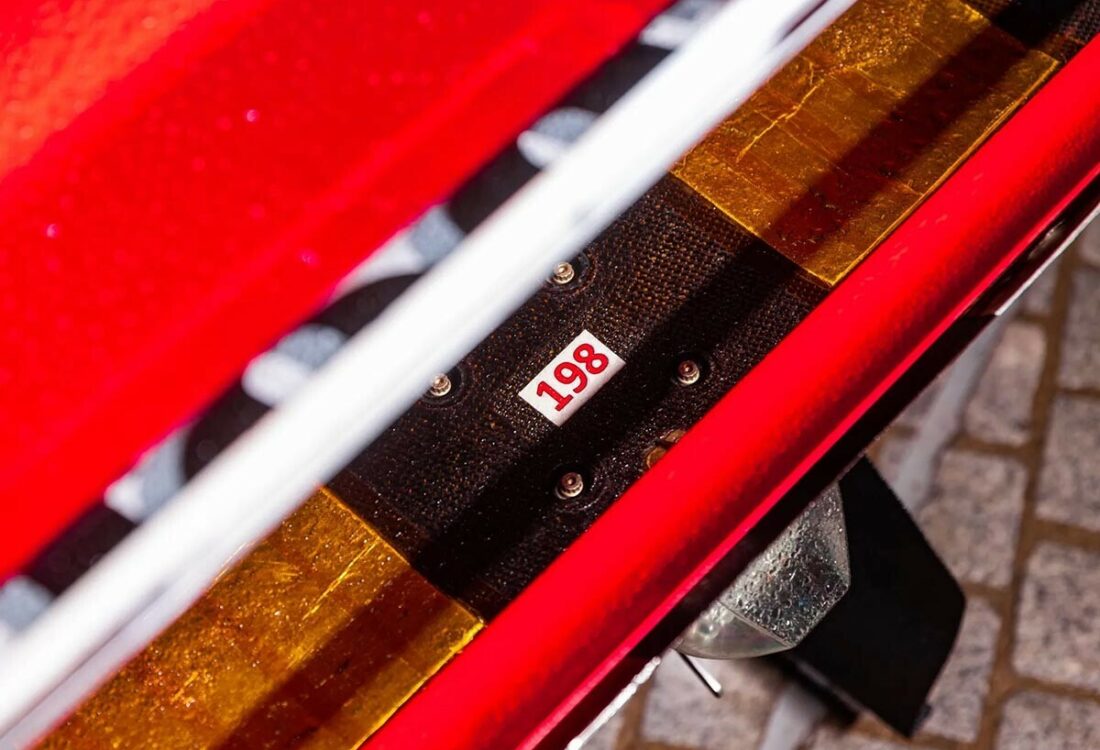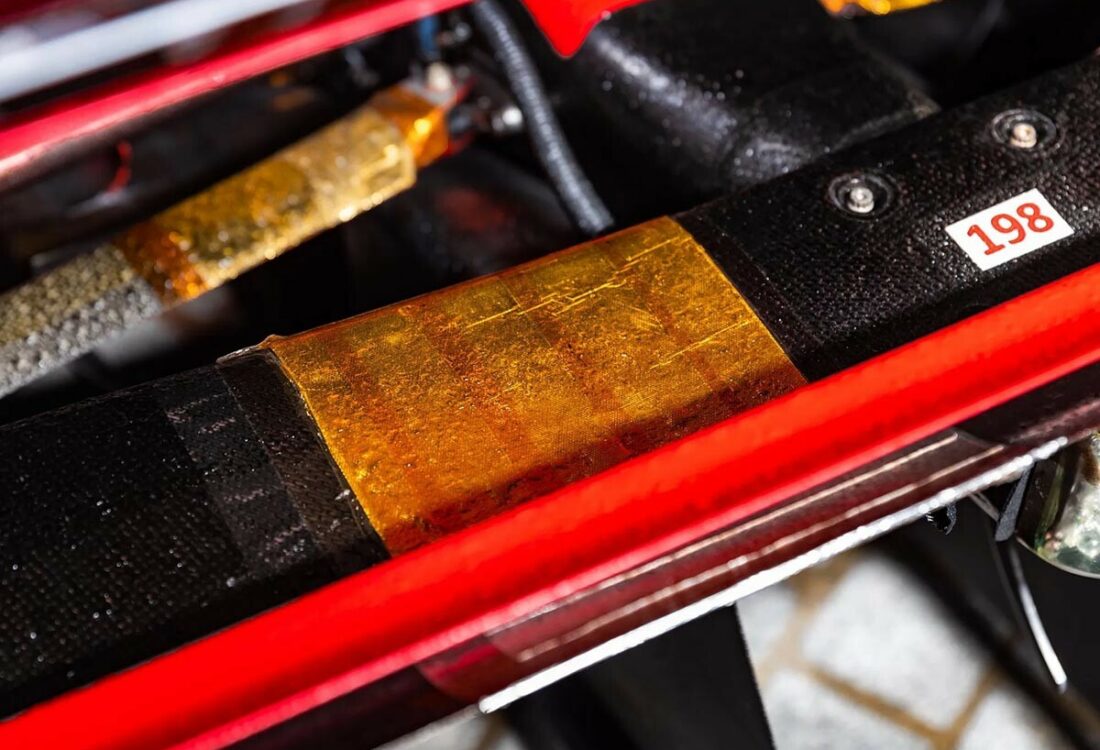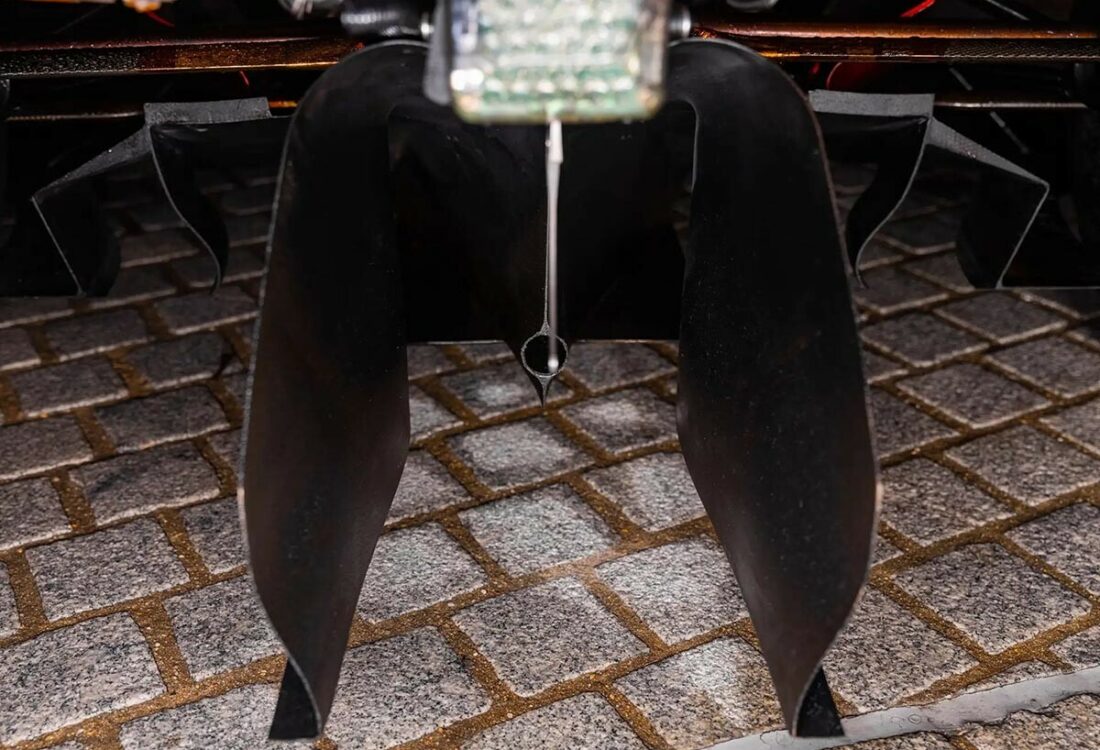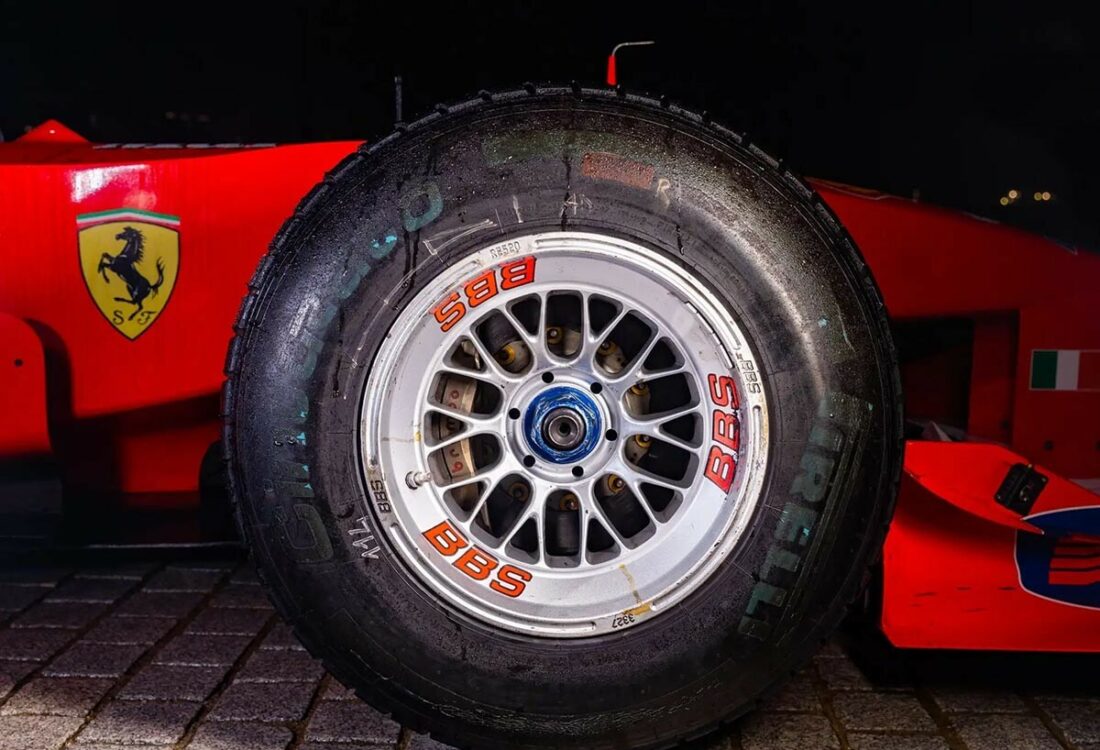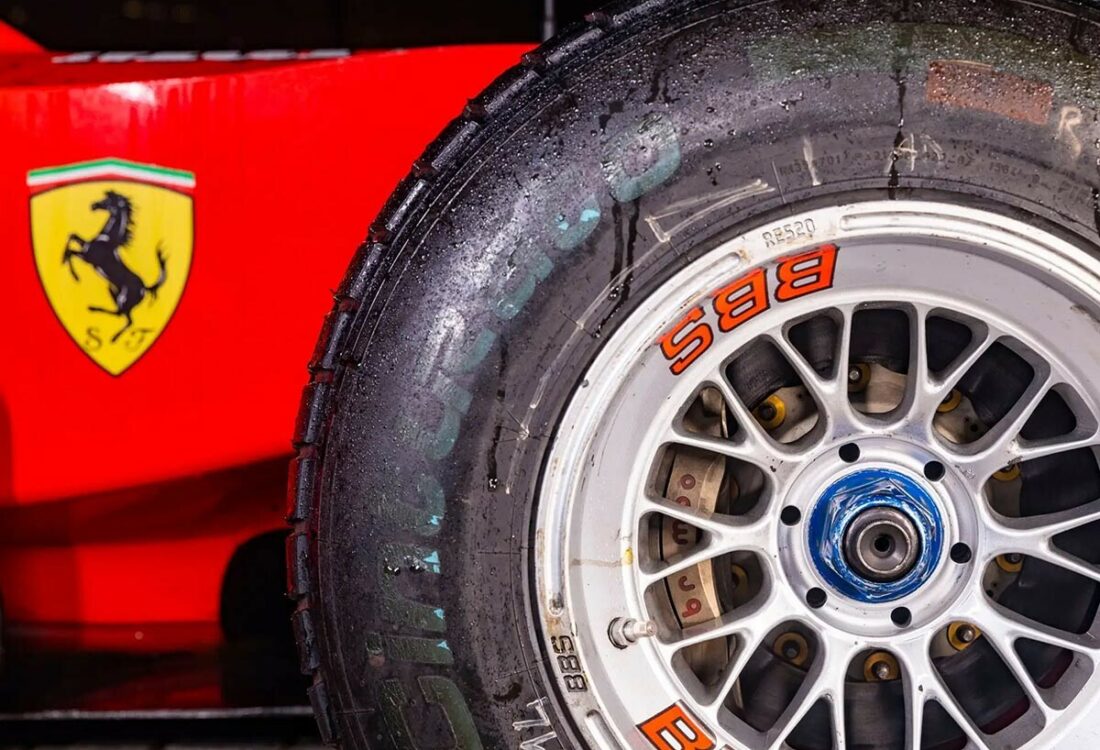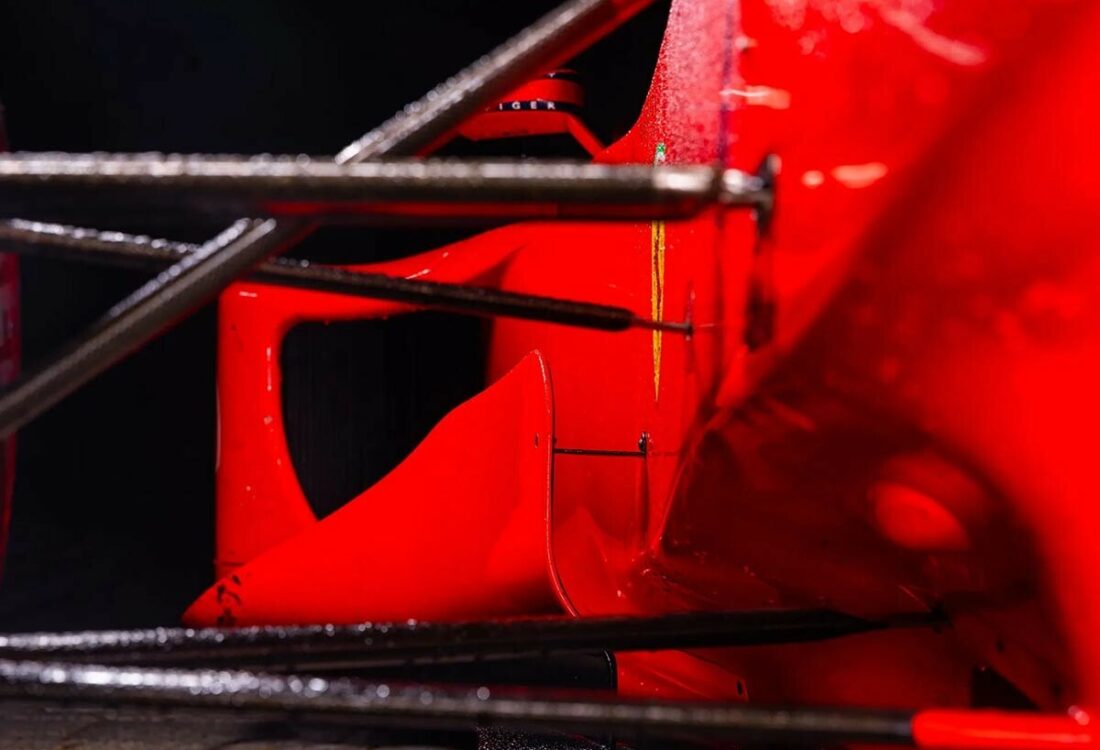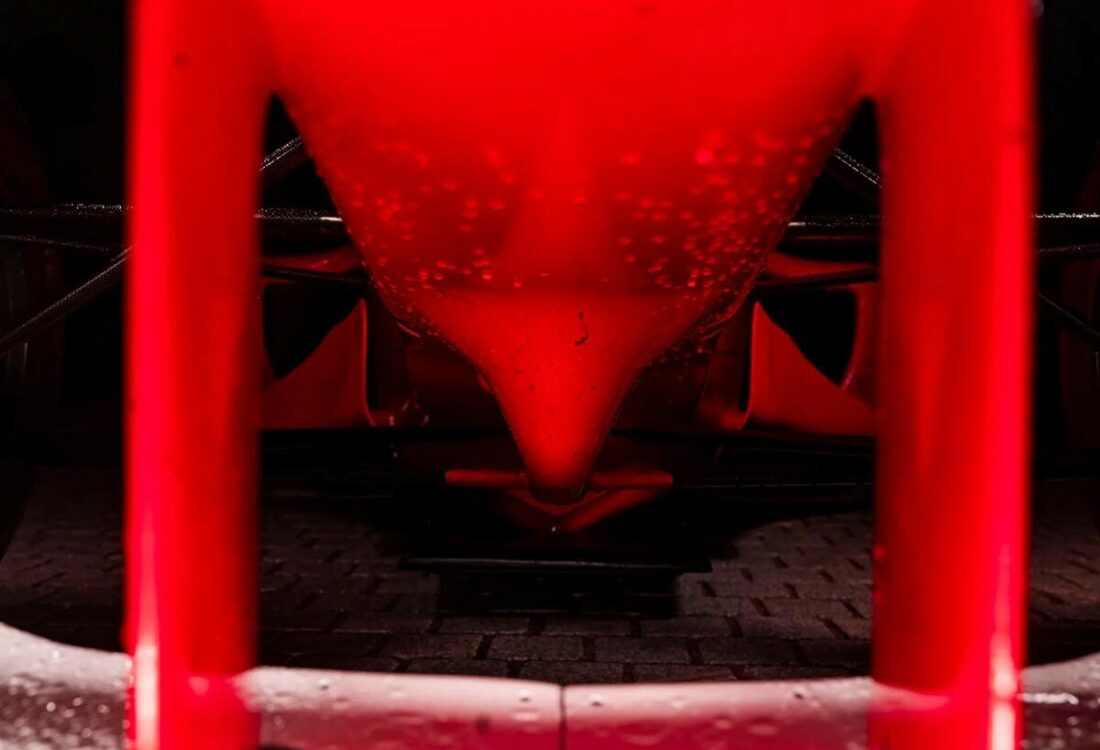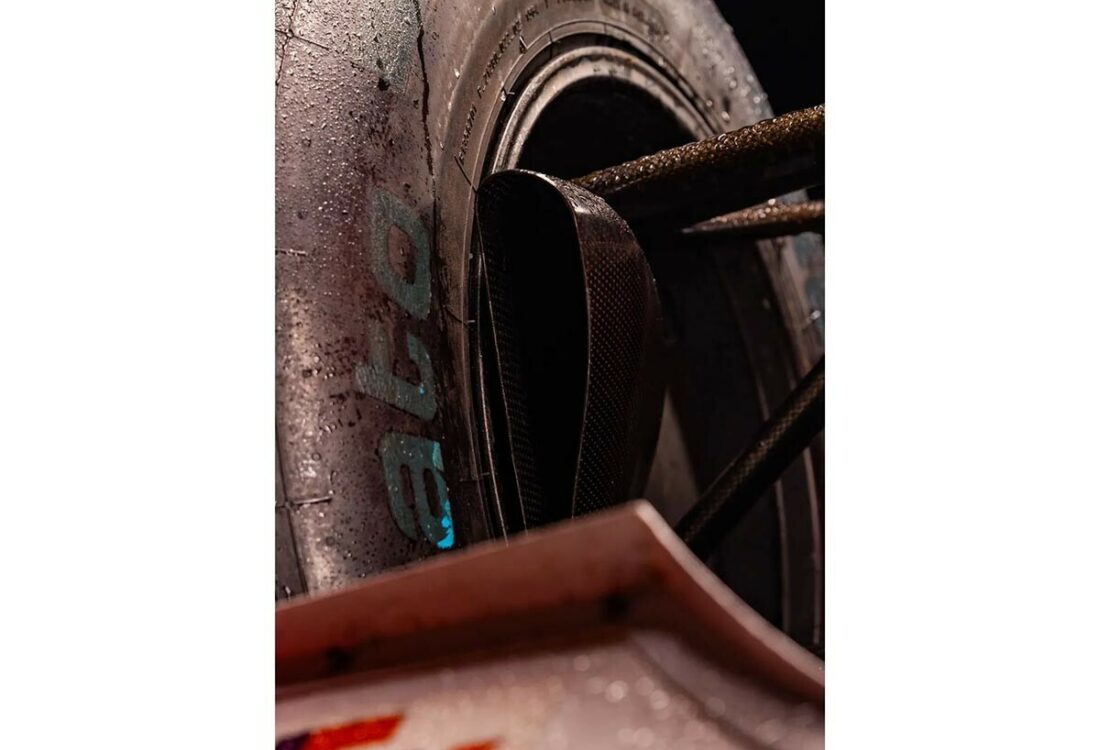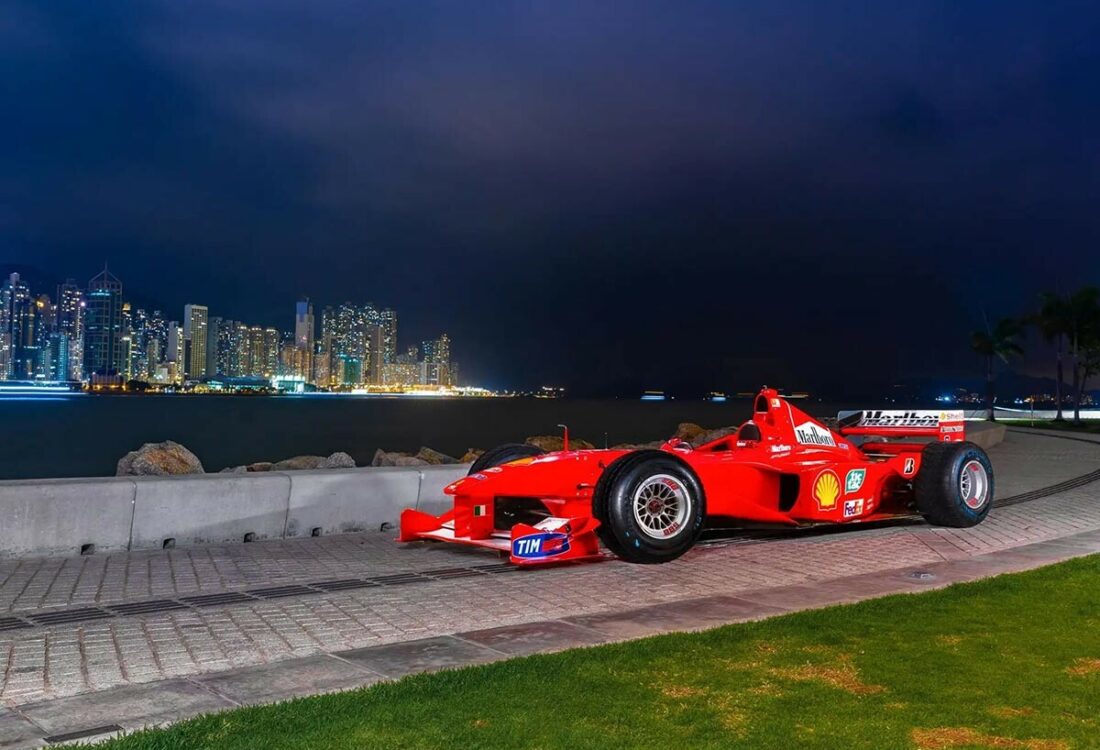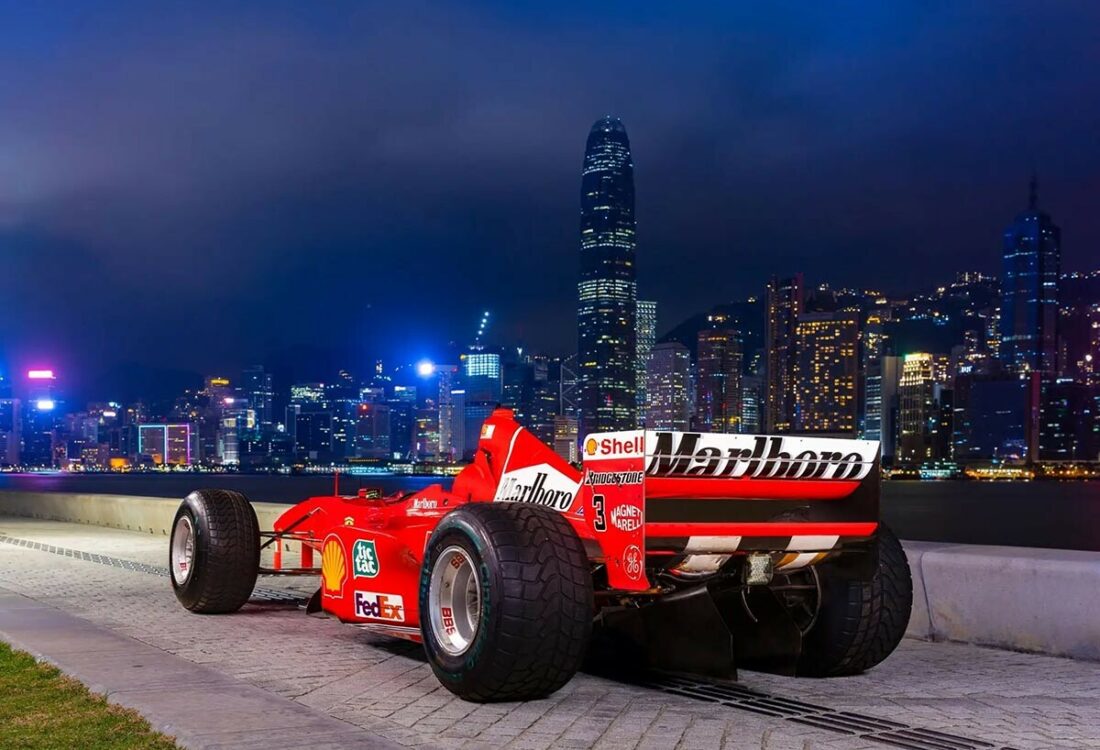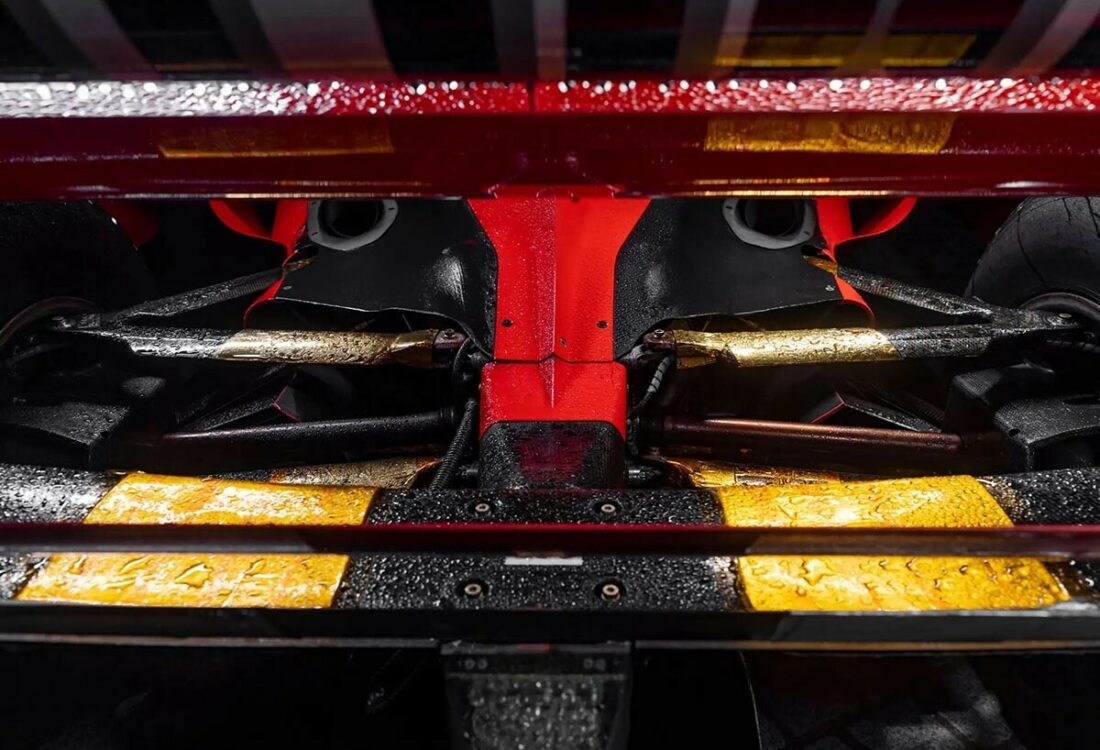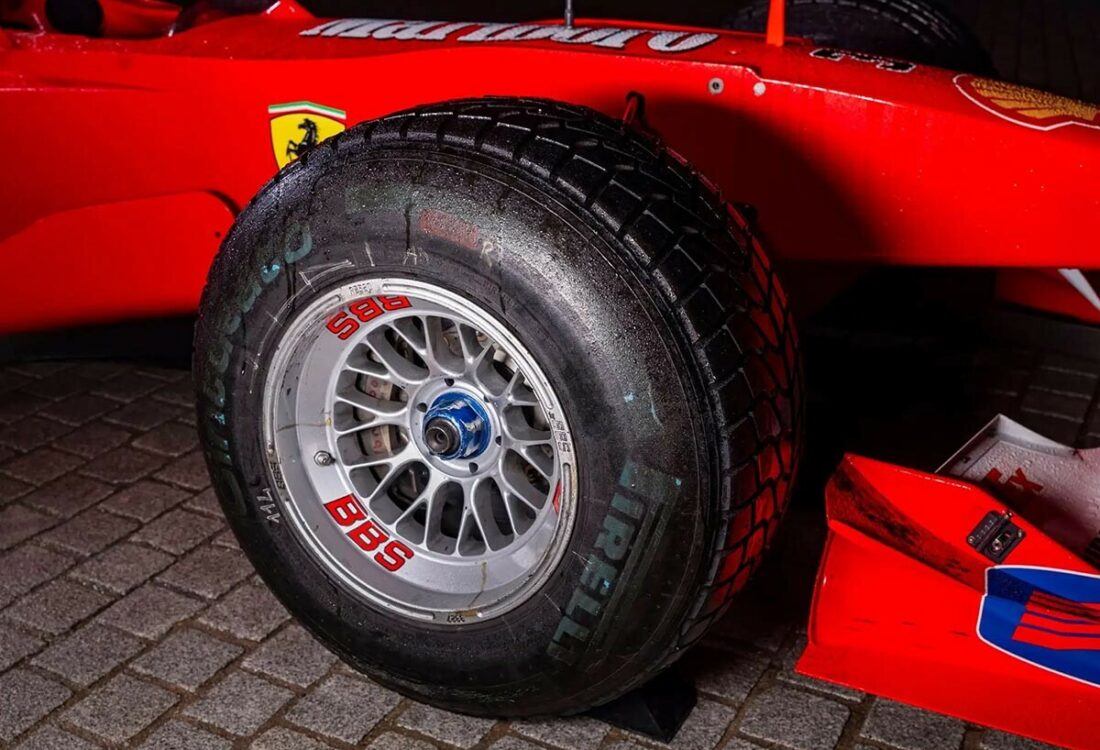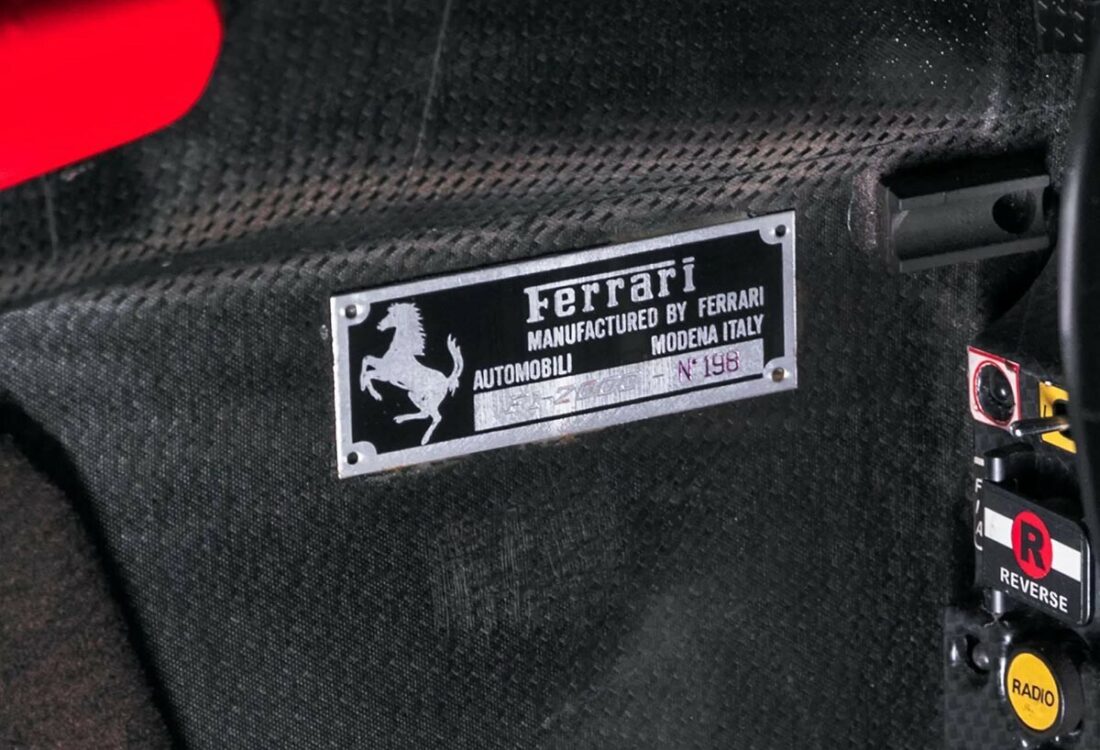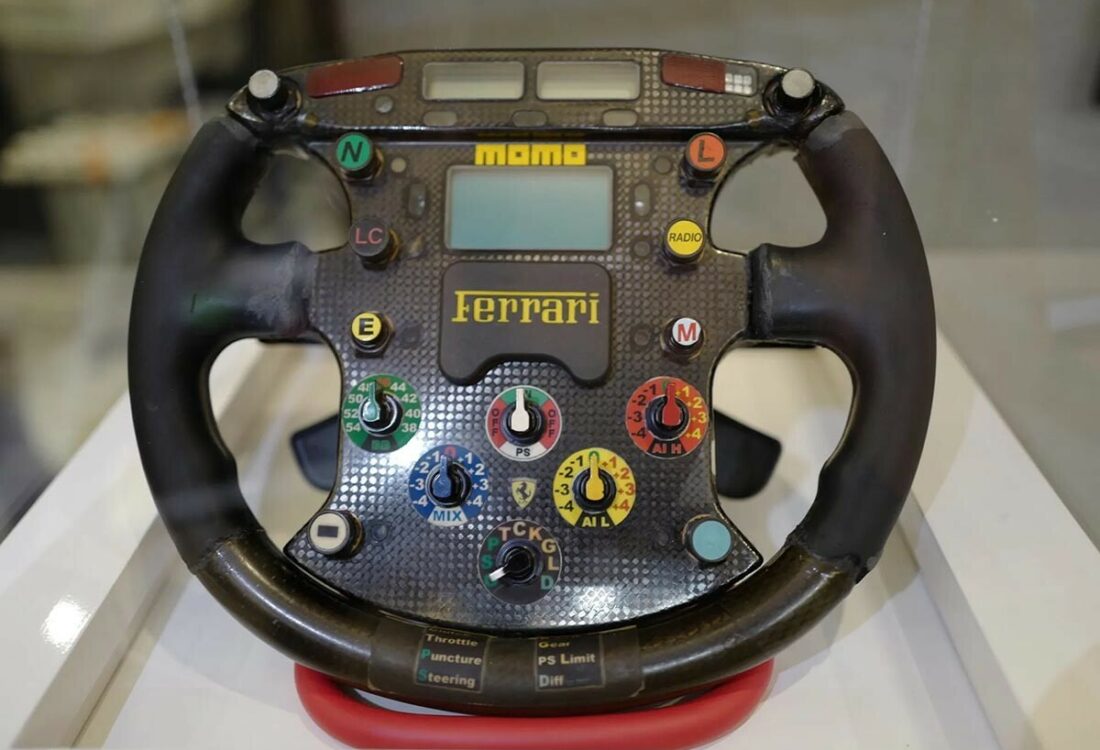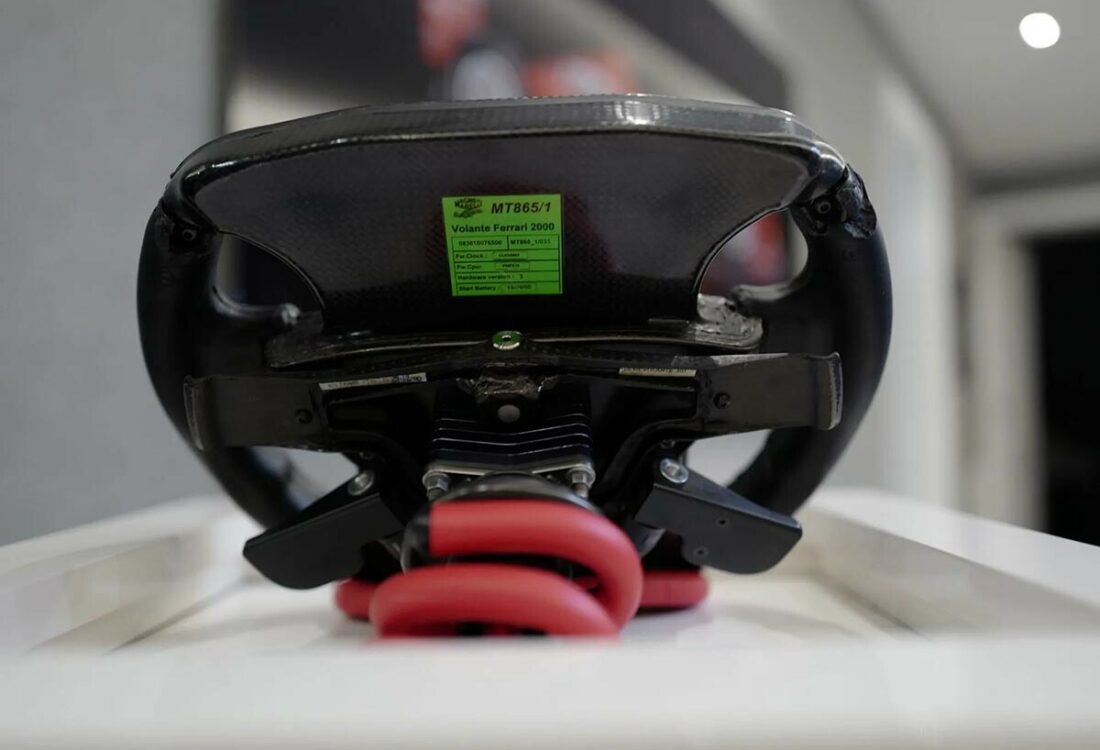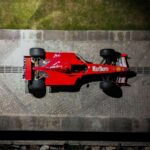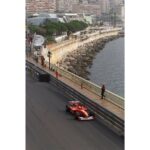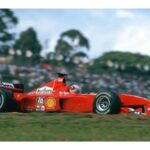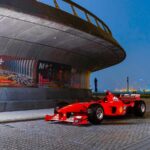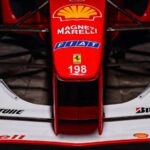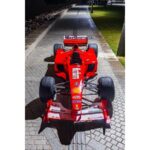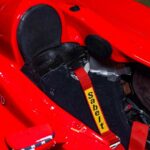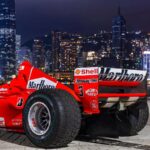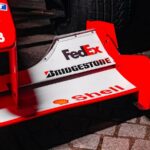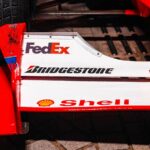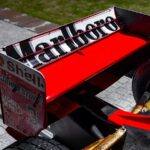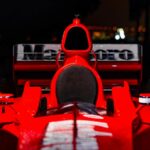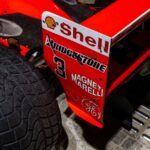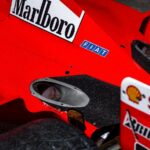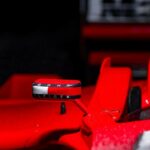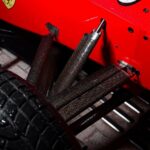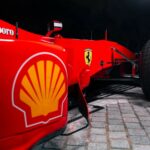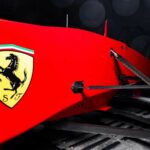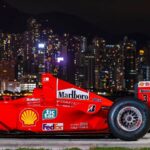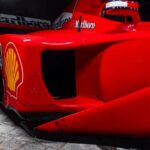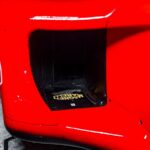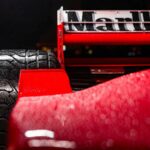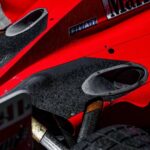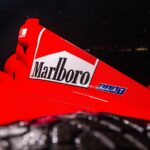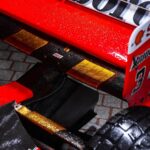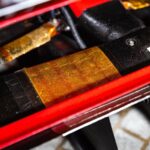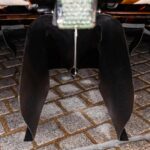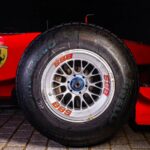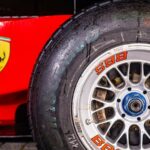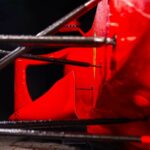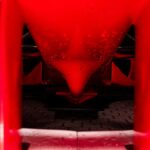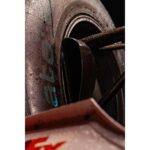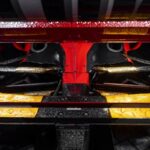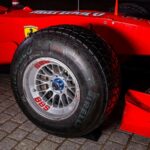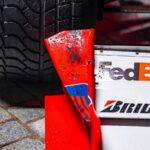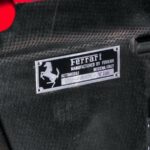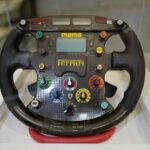
FERRARI F1-2000
Les services + de Classic Racing
Bientôt disponible

Bientôt disponible
A votre service depuis 1995, Transfret c’est avant tout le respect des collaborateurs et des clients.
Pour transporter de 1 à 6 voitures partout en Europe, contactez nous sur www.groupe-transfret.com
– Pilotée par la légende Michael Schumacher lors de sa première saison victorieuse du championnat du monde constructeur avec Ferrari et du championnat du monde des pilotes de Formule 1 en 2000
– Menée à la victoire par Michael Schumacher au Grand Prix du Brésil
– Poussé par Michael Schumacher en pole position au Grand Prix de Monaco, la seule pole position réalisée par Schumacher à Monaco lors de ses années de championnat chez Ferrari
– Conduite à une pole position et 5e au général au Grand Prix d’Espagne
– Ce châssis révolutionnaire a été un contributeur essentiel au premier championnat du monde des pilotes de Formule 1 de Ferrari en 21 ans et au début de la dynastie Ferrari de cinq championnats du monde des pilotes consécutifs de 2000 à 2004
– Ce châssis a été un contributeur clé pour mettre fin à quatre années sans titre pour Schumacher, transformant définitivement Ferrari, Schumacher et la Formule 1
– Certifié Ferrari Classiche
– Exemple hautement éligible pour le programme Corse Clienti de Ferrari de l’une des époques dorées de la Formule 1
Il n’y a pas de plus grand nom au panthéon du sport automobile que Ferrari, et peu de pilotes plus décorés ou plus célèbres que Michael Schumacher. Ensemble, Schumacher et la Scuderia ont formé un partenariat historique, remportant cinq championnats du monde de pilotes de Formule 1 consécutifs entre 2000 et 2004 et remportant le classement des constructeurs pas moins de six fois.
La domination totale du cheval cabré sur le sport au tournant du millénaire était due en grande partie à l’incroyable et unique talent de Schumacher, mais aussi au génie du directeur technique Ross Brawn et à la désormais légendaire Ferrari F1-2000. voiture de grand prix qu’il a aidé à créer – une machine qui a redéfini la norme de l’ingénierie et des performances pour son époque.
Le pilote révolutionnaire a fait ses débuts en compétition en 2000, bénéficiant d’un ensemble aérodynamique avancé et d’un moteur V-10 à 90 degrés redessiné qui a permis aux ingénieurs d’abaisser subtilement le centre de gravité de la voiture. Un Ross Brawn confiant a augmenté les attentes au début de la saison, déclarant à la presse réunie : « Je pense que nous avons probablement la meilleure voiture que nous ayons jamais eue en début de saison depuis que le groupe actuel travaille ensemble ici chez Ferrari.”
Un rythme effréné et une performance dominante de Schumacher lors de la course d’ouverture de la saison ont soutenu la bravade de Brawn – et les choses n’ont fait que s’améliorer. Au Brésil, deux semaines après le triomphe en Australie, Schumacher a de nouveau gagné. Ce succès a été suivi d’une victoire à Saint-Marin lors de la troisième manche du championnat, tandis qu’à Imola, les directives de course de Ross Brawn ont donné à Schumacher l’avantage sur son rival Mika Häkkinen.
Bien que l’équipe ait eu de la malchance au milieu de la saison, le rythme de la F1-2000 n’a pas déçu; lors des 11 grands prix suivants, Schumacher a placé l’emblématique machine rouge en pole position pas moins de huit fois. Toujours un homme capable de trouver un autre niveau de performance au moment crucial, l’as allemand a clôturé la saison avec quatre victoires consécutives, remportant le championnat du monde des pilotes de Formule 1 lors de l’avant-dernière course de la saison à Suzuka. Cette victoire remarquable représentait la première fois qu’un pilote de la Scuderia était en tête du classement du championnat des pilotes depuis Jody Scheckter quelque 21 ans plus tôt – un exploit historique qui a servi de tremplin à l’une des périodes les plus célèbres de l’histoire de Ferrari.
Le châssis 198, la voiture proposée ici, s’est avéré essentiel au succès de la saison 2000 de Schumacher, vainqueur du championnat. Servant initialement de voiture de rechange pour la Scuderia, elle a joué un rôle central dès la deuxième manche du championnat après que Schumacher ait vu large lors des qualifications à Interlagos pour le Grand Prix du Brésil. Après avoir gravement endommagé le train de roulement de sa première voiture, le châssis 198 a été appelé lors des qualifications et a ensuite pris le départ de la course troisième sur la grille. Non seulement le rythme de la F1-2000 a brillé lors de la bataille de Schumacher avec Häkkinen, mais sa fiabilité aussi; Häkkinen a été contraint à l’abandon suite à une casse moteur, tandis que son coéquipier chez McLaren, David Coulthard, a été disqualifié pour usure excessive des plaques d’extrémité d’aile avant de sa voiture. Schumacher a remporté une célèbre victoire, porté par le châssis 198.
“Nous avons amélioré de manière évidente notre stratégie de départ, j’ai pu rattraper Mika mais je ne voulais pas prendre de risque trop tôt et bien sûr il n’avait pas envie de me laisser passer”, a déclaré un Schumacher jubilatoire. “J’ai apprécié notre bataille – cela fait longtemps qu’il n’y a pas eu de bonne bagarre et de dépassements pour la tête.”
Le châssis 198 a été rappelé lors de l’arrivée du road show de Formule 1 sur le Circuit de Catalunya pour le Grand Prix d’Espagne le 7 mai. Démontrant la parité des performances avec sa charge habituelle, le châssis 198 a offert à Schumacher une superbe pole position – la première fois qu’il réalisait cet exploit dans ce qui allait devenir sa saison gagnante du championnat. Après avoir réalisé le meilleur tour en qualifications, le châssis 198 a poursuivi son rythme le jour de la course, menant le peloton jusqu’à son premier arrêt au stand au 24e tour. Schumacher a repris la tête à peine deux tours plus tard et l’a conservée pendant 22 autres tours, mais une erreur de ravitaillement couplée à une crevaison lente a finalement diminué les chances de l’Allemand ; cependant, il a franchi la ligne d’arrivée à la 5e place, ajoutant des points de championnat supplémentaires à son décompte.
La prochaine sortie en compétition de la voiture aura lieu à Monaco, sur l’asphalte sacré de Monte-Carlo. Parfaitement adaptée au circuit urbain technique et serré, la F1-2000 s’est à nouveau révélée ultra-rapide entre les mains de Schumacher et a décroché la pole position. Historiquement, ce fut un moment important pour le châssis 198, car c’était la dernière fois que Schumacher réalisait une pole position à Monaco sur une Ferrari. Après deux départs avortés de la course proprement dite, les feux s’éteignent une troisième fois et Schumacher prend la tête devant le Jordan de Jarno Trulli. Tel était son rythme, l’as de Ferrari avait amassé un tampon d’environ 35 secondes au moment où il est entré dans les stands au 49e tour, lui permettant de conserver la tête lorsqu’il a rejoint la course. Alors que la victoire était toute proche, la catastrophe a frappé à peine six tours plus tard. la voiture a été forcée d’abandonner avec une tige de poussée cassée.
La dernière course du châssis 198 avec Schumacher a eu lieu environ cinq semaines plus tard sur l’A1-Ring en Autriche. Schumacher a qualifié le châssis 198 en 4ème position avec son coéquipier Barrichello juste devant lui en 3ème. Malheureusement, la chance n’a pas été du côté de la Scuderia en Autriche car dès le début de la course, Ricardo Zonta, dans sa BAR-Honda, a percuté Schumacher par derrière, les forçant tous les deux à abandonner la course. Heureusement, Schumacher n’a pas été blessé et les dommages à la voiture étaient légers, cependant, c’était suffisant pour mettre fin à sa course pour la journée. La voiture a ensuite été réparée par Ferrari et amenée à toutes les courses de Grand Prix restantes de la saison 2000, mais n’a pas été réutilisée en compétition durant un Grand Prix.
Une fois la carrière du châssis 198 terminée avec la Scuderia Ferrari, la voiture a été renvoyée à Maranello, où elle a été entièrement reconstruite. En mars 2001, la voiture a été exposée au Salon de l’automobile de Genève sur le stand de Ferrari, puis vendue au collectionneur Ferrari Kevin Crowder du Texas, qui a fait certifier la voiture Ferrari Classiche en 2005 et l’a préparée pour une utilisation dans les événements F1 Clienti. Le consignateur a acheté le châssis 198 en 2016 et l’a également conduite à plusieurs événements Ferrari Corse Clienti, y compris les événements Ferrari F1 Clienti organisés à Monza en 2017 et à Austin, Texas, en 2020. Aujourd’hui, il offre à son prochain propriétaire la rareté et l’occasion de vivre le frisson unique d’une voiture de grand prix V10 victorieuse de l’une des périodes dorées de la Formule 1. Mais plus que cela, cette voiture est un lien tangible avec l’un des plus grands pilotes de l’ère moderne – un morceau d’histoire qui a contribué à la renaissance de la fortune de la Scuderia Ferrari et une pierre angulaire de l’incroyable séquence de cinq victoires consécutives de Schumacher.
![]() Auction 2000 Ferrari F1-2000.
Auction 2000 Ferrari F1-2000.
– Campaigned by Ferrari legend Michael Schumacher in his first Ferrari World Championship-winning season and Ferrari’s 2000 Formula One Drivers’ World Championship
– Driven to victory by Michael Schumacher at the Brazilian Grand Prix
– Driven by Michael Schumacher to pole position at the Monaco Grand Prix, the only pole position achieved by Schumacher at Monaco during his Championship years at Ferrari
– Driven to a pole position and 5th overall at the Spanish Grand Prix
– This revolutionary chassis was a critical contributor to Ferrari’s first Formula One Drivers’ World Championship in 21 years and the start of Ferrari’s dynasty run of five consecutive Driver’s World Championships from 2000 to 2004
– This chassis was a key contributor to ending Schumacher’s four-year Championship drought, launching and inalterably transforming Ferrari, Schumacher, and Formula One
– Ferrari Classiche certified
– Highly eligible example for Ferrari’s Corse Clienti program from one of the golden eras of Formula One
There is no greater name in the pantheon of motorsport than Ferrari, and few more decorated or celebrated drivers than Michael Schumacher. Together, Schumacher and the Scuderia formed a history-making partnership, winning five back-to-back Formula One World Drivers’ Championships between 2000 and 2004 and topping the Constructors’ table no fewer than six times.
The Prancing Horse’s total domination of the sport from the turn of the millennium was due in no small part to Schumacher’s incredible once-in-a-generation talent, but also the engineering genius of Technical Director Ross Brawn and the now legendary Ferrari F1-2000 grand prix car that he helped create—a machine that reset the bar for engineering and performance for its time.
The ground-breaking racer made its competition debut in 2000, boasting an advanced package of aerodynamics and a redesigned 90-degree V-10 engine that allowed engineers to subtly lower the car’s centre of gravity. A confident Ross Brawn ramped up expectations at the start of the season, telling gathered press: “I think we’ve probably had the best car we have ever had at the beginning of the season since the present group has been working together here at Ferrari.”
A blistering pace and dominant performance by Schumacher in the opening race of the season backed up Brawn’s bravado—and things only got better. In Brazil, two weeks after the triumph in Australia, Schumacher won again. That success was followed by victory at San Marino in the third round of the championship, while at Imola, Ross Brawn’s race management gave Schumacher the edge over rival Mika Häkkinen.
Though the team faced some unfortunate luck during the middle of the season, the F1-2000’s pace did not disappoint; in the following 11 grands prix, Schumacher placed the iconic red machine on pole position no fewer than eight times. Always a man capable of finding another level of performance at the crucial moment, the German ace closed the season with four back-to-back wins, clinching the Formula One World Drivers’ Championship in the penultimate race of the season at Suzuka. That remarkable win represented the first time a driver from the Scuderia had topped the Drivers’ Championship table since Jody Scheckter some 21 years earlier—a historic feat that served as the springboard for one of the most celebrated periods in Ferrari history.
Chassis 198, the car offered here, proved vital to the success of Schumacher’s Championship-winning 2000 season. Serving initially as the Scuderia’s spare car, it played a pivotal role from just the second round of the championship after Schumacher ran wide during qualifying at Interlagos for the Brazilian Grand Prix. Having badly damaged the undercarriage of his first car, chassis 198 was called up during qualifying and subsequently started the race third on the grid. Not only did the F1-2000’s pace shine during Schumacher’s battle with Häkkinen, but so too did its reliability; Häkkinen was forced to retire following a blown engine, while his McLaren teammate, David Coulthard, was disqualified for excessive wear of his car’s front wing end plates. Schumacher romped to a famous victory, carried by chassis 198.
“We made an obvious improvement to our starting strategy, I was able to catch Mika but I didn’t want to take a risk too soon and of course he was not keen to let me pass,” said a jubilant Schumacher. “I enjoyed our battle—it’s been a long time since there was a good fight and overtaking for the lead.”
Chassis 198 was called up again as the Formula One road show arrived at the Circuit de Catalunya for the Spanish Grand Prix on 7 May. Demonstrating performance parity with his usual charge, chassis 198 delivered Schumacher a stunning pole position—the first time he had achieved that feat in what would become his Championship-winning season. After setting fastest lap in qualifying, chassis 198 continued its pace on race day, leading the field until his first pit stop on the 24th lap. Schumacher regained the lead just two laps later and retained it for a further 22, but a refuelling error coupled with a slow puncture eventually diminished the German’s chances; however, he crossed the finish line in 5th place, adding additional Championship points to his tally.
The car’s next competitive outing would come at Monaco, on the hallowed asphalt of Monte-Carlo. Perfectly suited to the technical, tight street circuit, the F1-2000 again proved lightning-quick in the hands of Schumacher and scored pole position. Historically, this was an important moment for chassis 198, as this was the last time Schumacher achieved a pole position at Monaco in a Ferrari. Following two abortive starts to the race proper, the lights went out a third time and Schumacher stormed into the lead ahead of the Jordan of Jarno Trulli. Such was his pace, the Ferrari ace had amassed a buffer of some 35 seconds by the time he pulled into the pits on lap 49, allowing him to retain the lead when he re-joined the race. With victory tantalisingly close, disaster struck just six laps later; the car was forced to retire with a broken pushrod.
Chassis 198’s final race with Schumacher took place about five weeks later at the A1-Ring in Austria. Schumacher qualified chassis 198 in 4th position with teammate Barrichello just ahead of him in 3rd. Unfortunately, luck was not on the Scuderia’s side at Austria as right at the start of the race Ricardo Zonta, in his BAR-Honda, hit Schumacher from behind, forcing both to retire from the race. Thankfully, Schumacher was not hurt and the damage to the car was light, however, it was enough to end its racing for the day. The car was subsequently repaired by Ferrari and brought to all of the remaining Grand Prix races of the 2000 season but was not used again in Grand Prix competition.
Once chassis 198’s Scuderia Ferrari career had drawn to a close, the car was returned to Maranello, where it was completely rebuilt. In March of 2001, the car was displayed at the Geneva Motor Show on Ferrari’s stand and subsequently sold to Ferrari collector Kevin Crowder of Texas, who had the car Ferrari Classiche certified in 2005 and prepared for use in F1 Clienti events. The consignor purchased chassis 198 in 2016, and has also driven it in several Ferrari Corse Clienti events, including the Ferrari F1 Clienti events held in Monza in 2017 and at Austin, Texas, in 2020. Today, it offers its next owner the vanishingly rare opportunity to experience the unique thrill of a race-winning V-10 grand prix car from one of the golden periods of Formula One. But more than that, this car stands as a tangible link to one of the greatest drivers of the modern era—a piece of history instrumental in the revival of Scuderia Ferrari’s fortunes and a touchstone of Schumacher’s incredible five-season winning streak.
Les dernières annonces de RM Sotheby's
